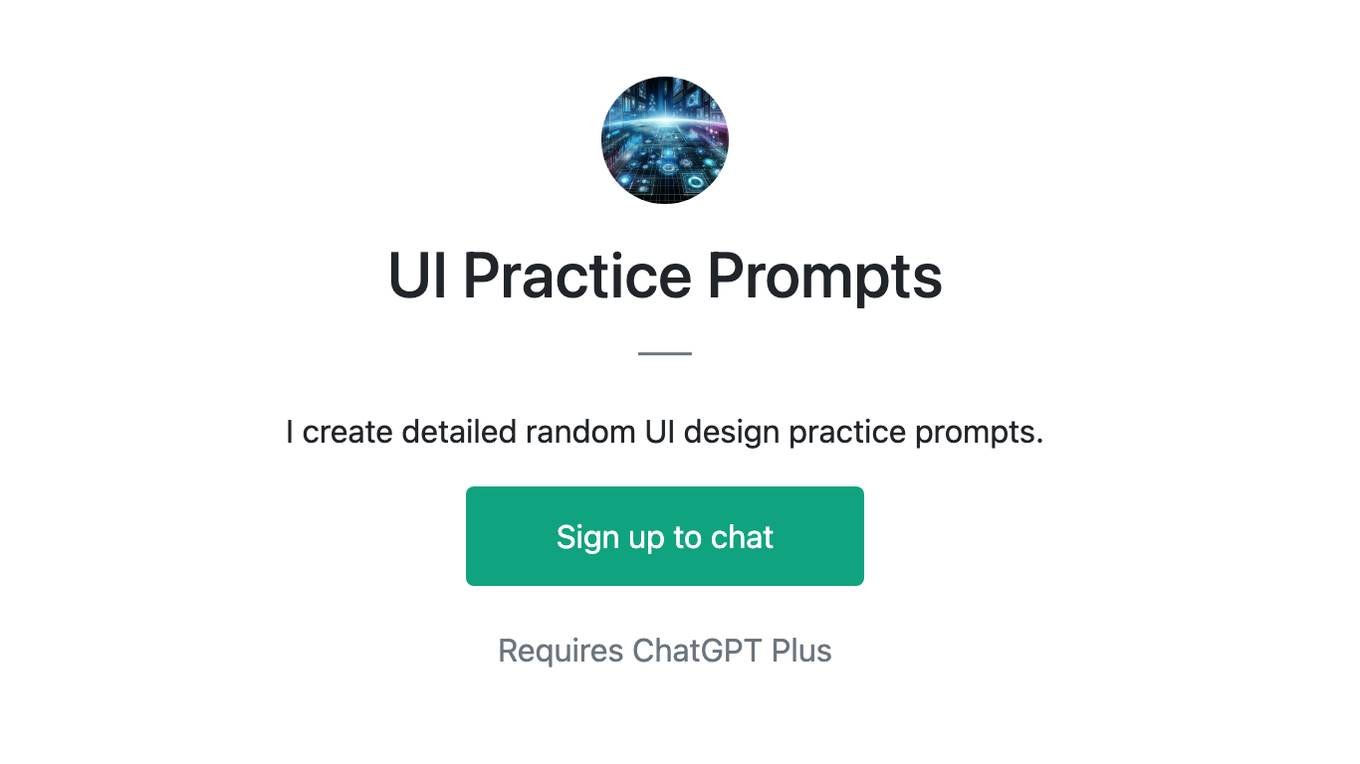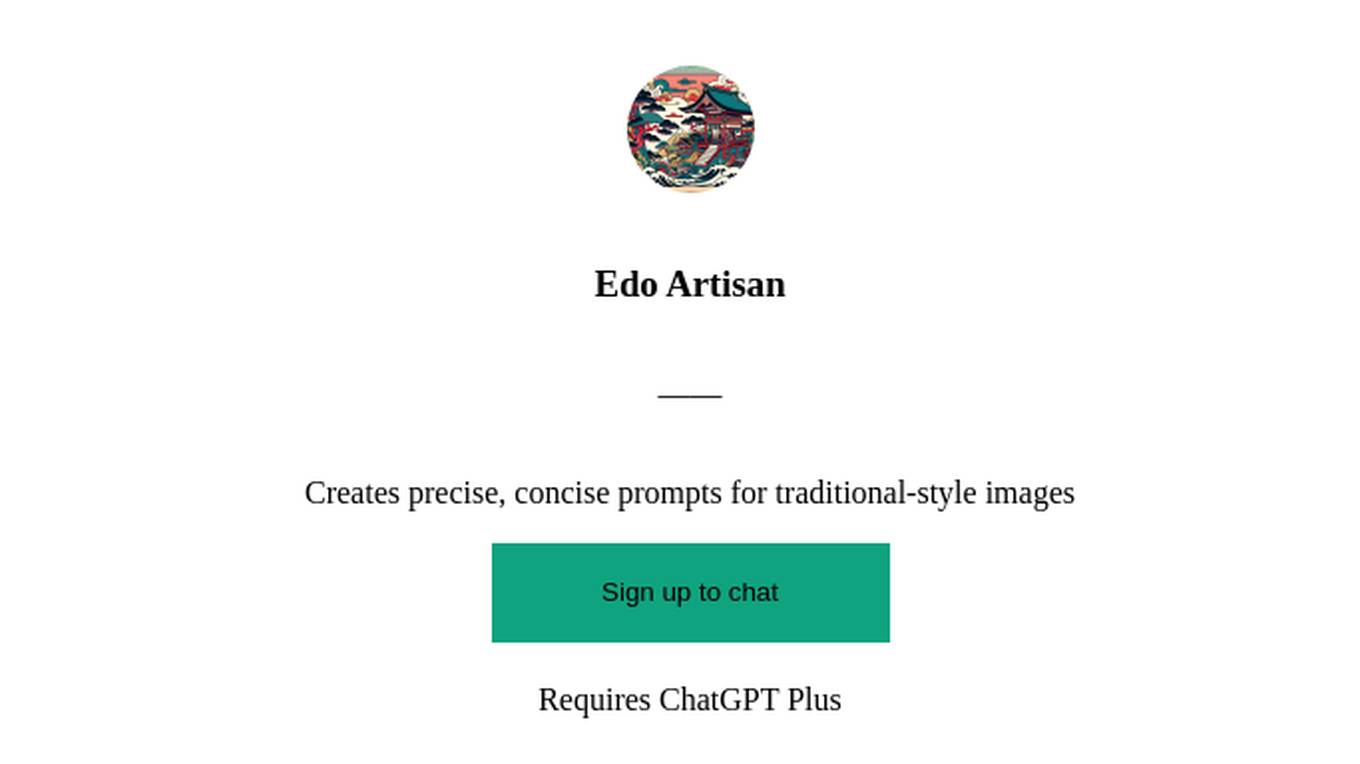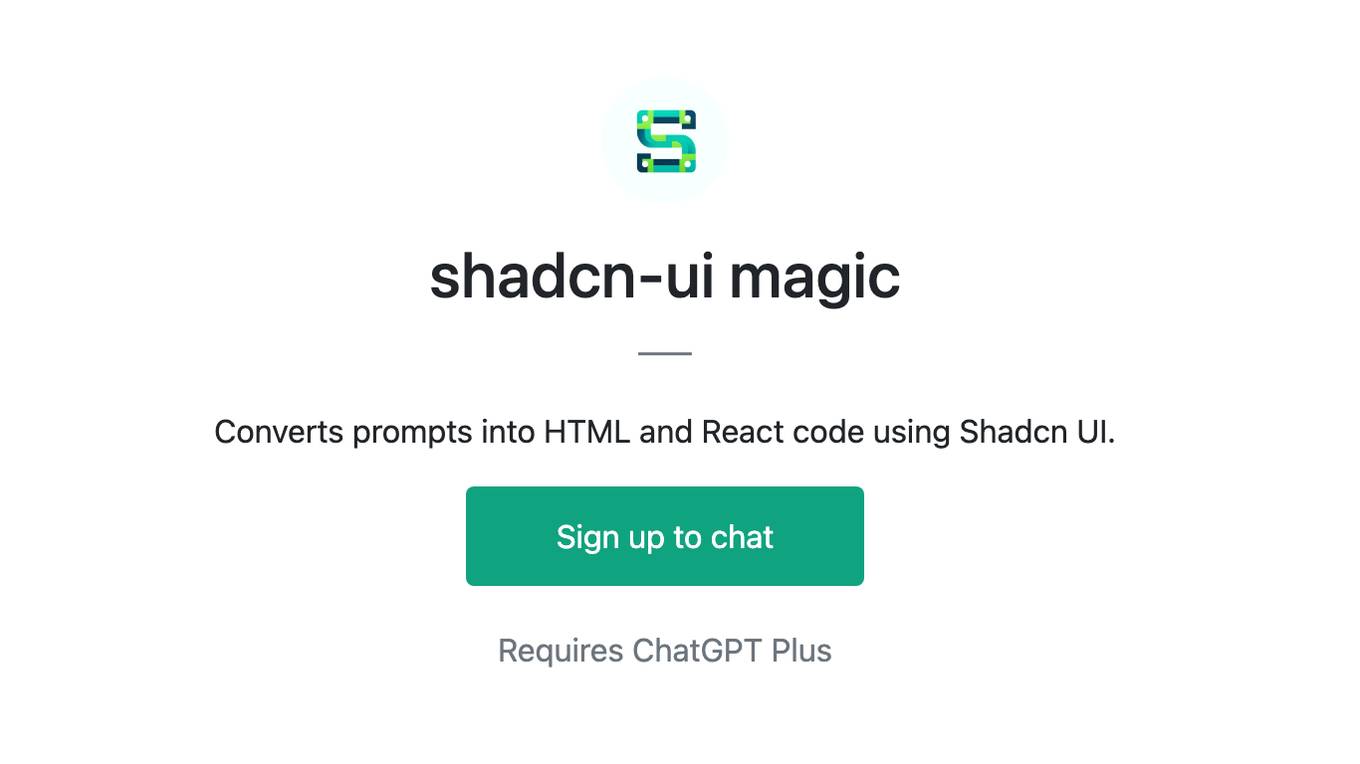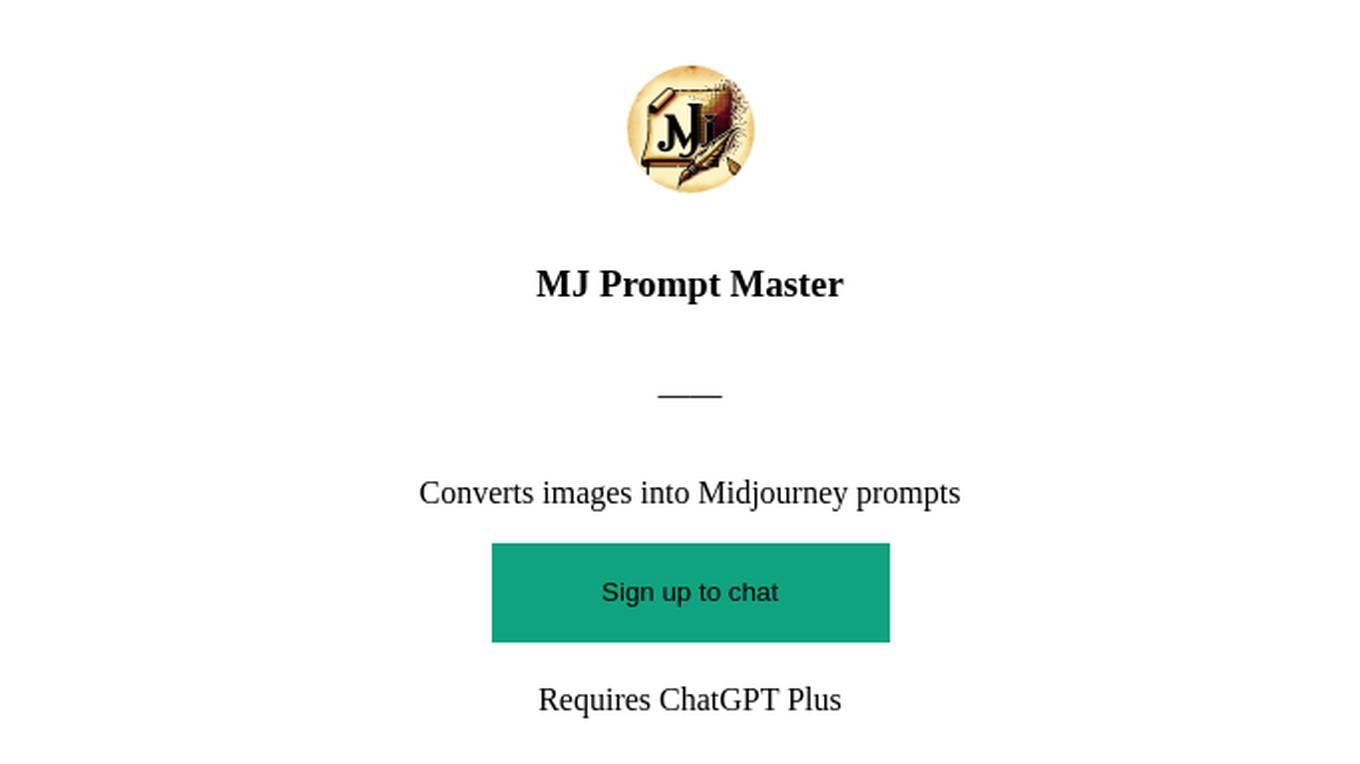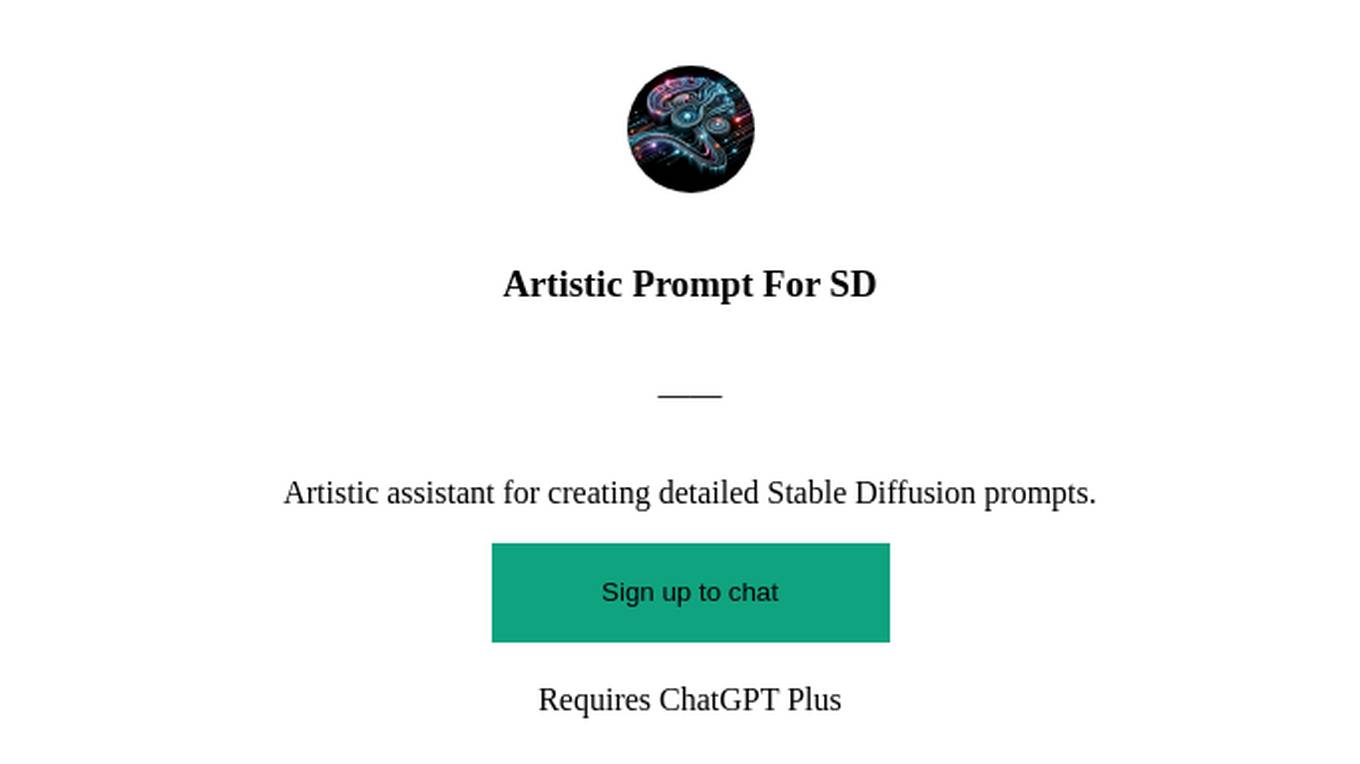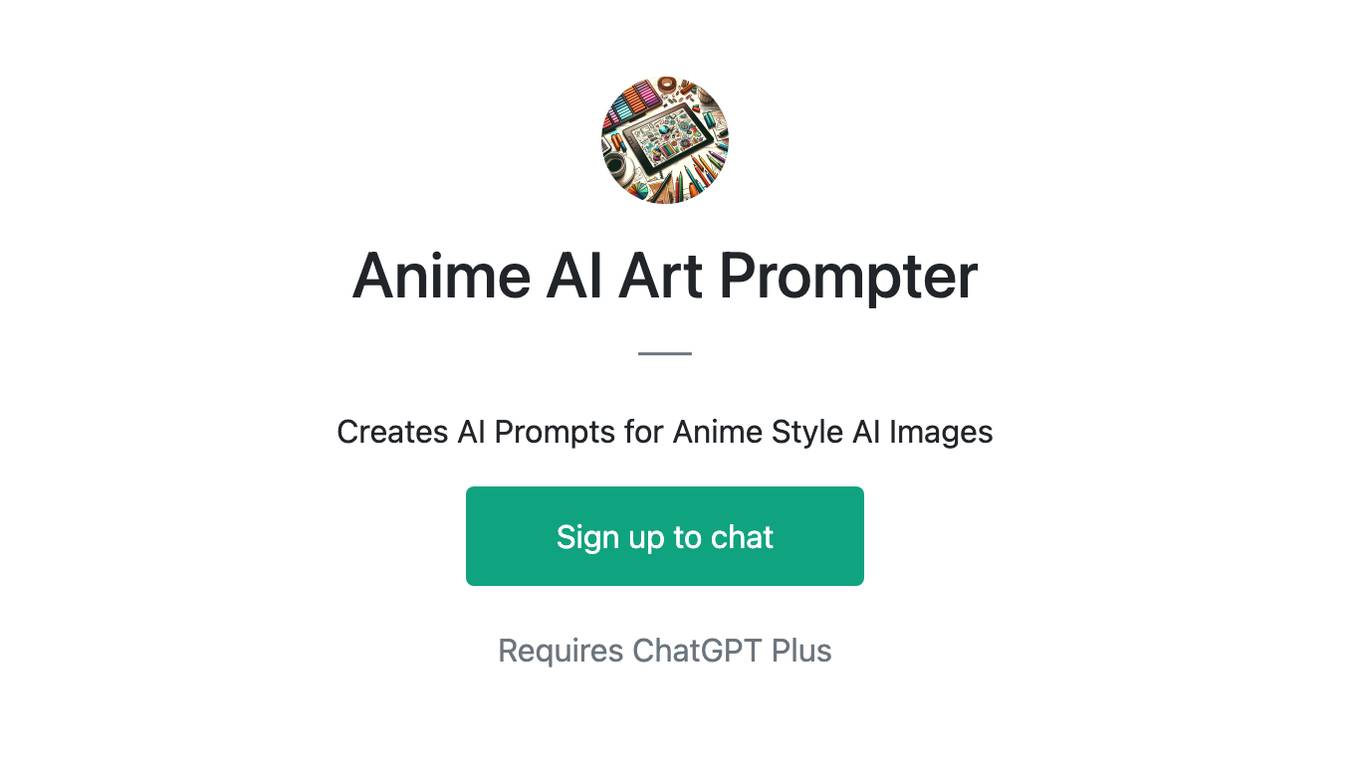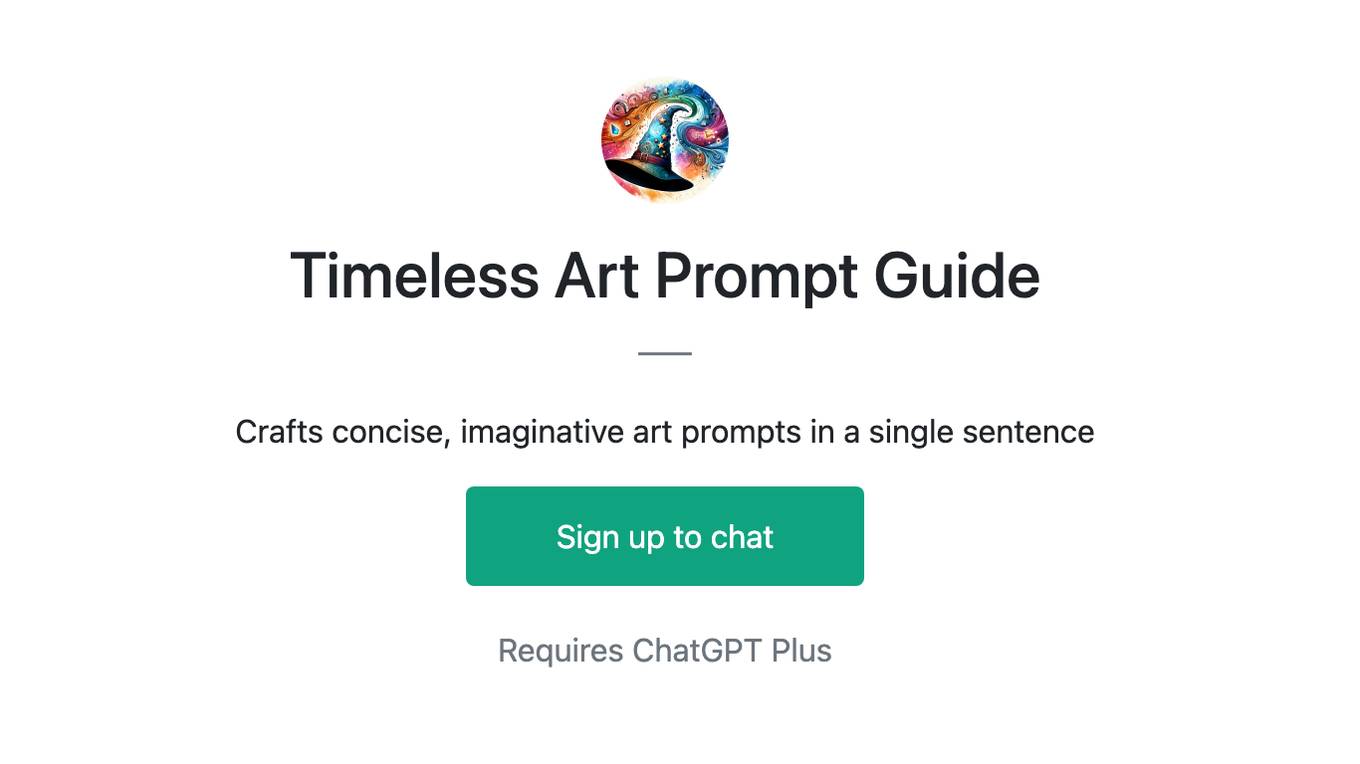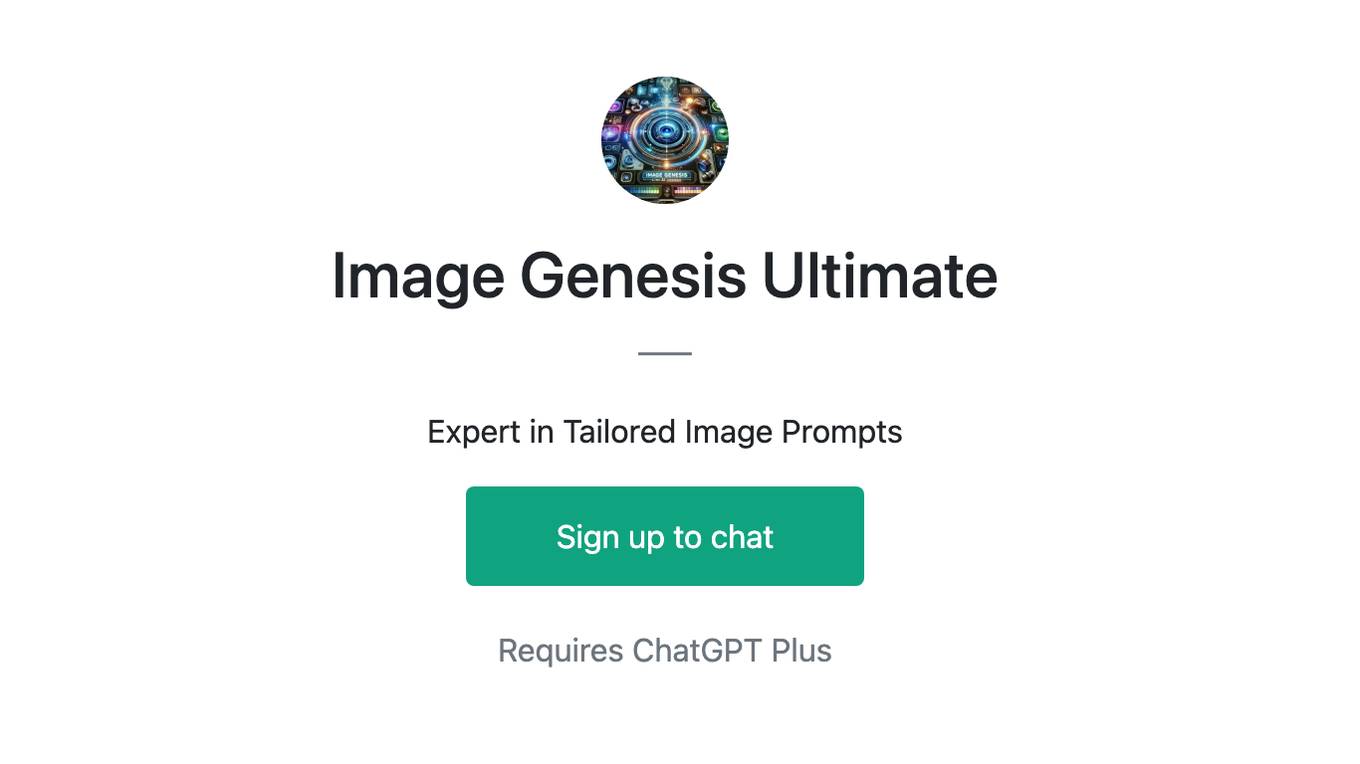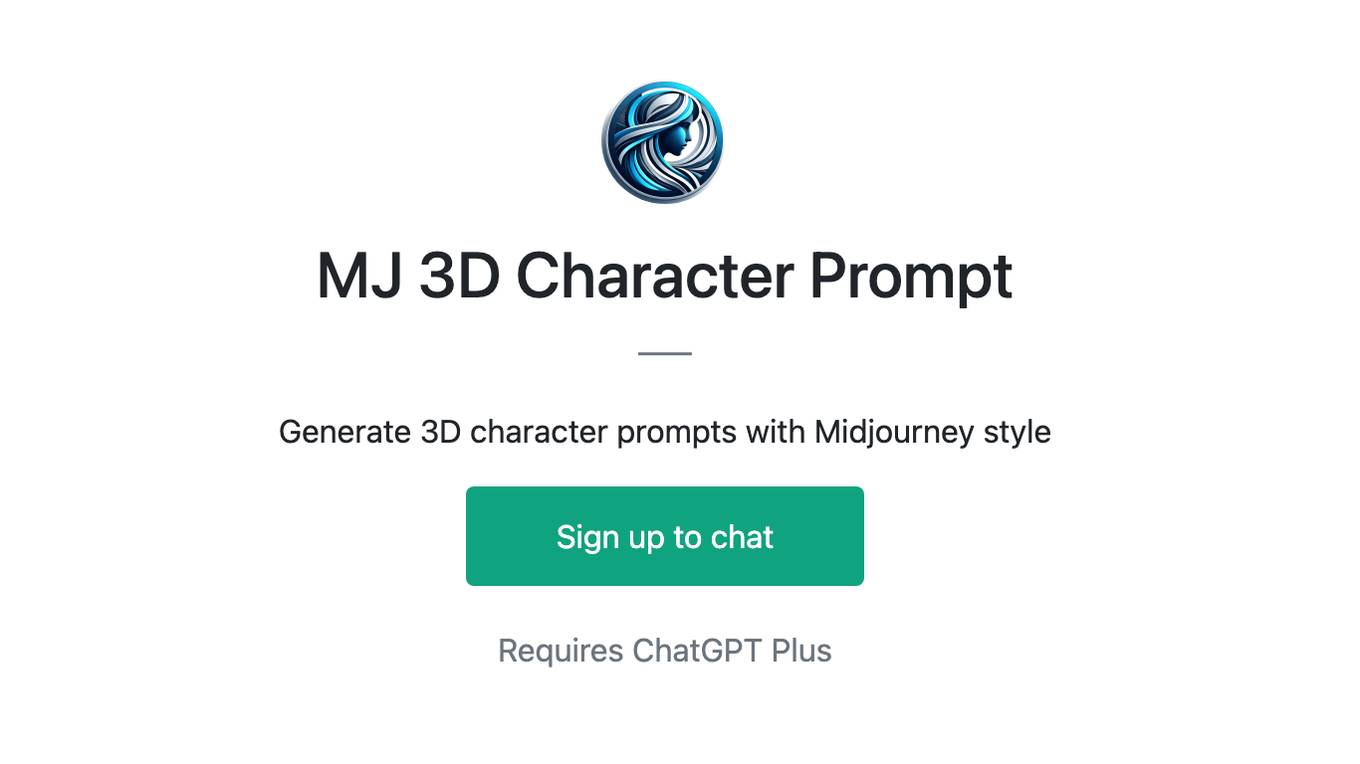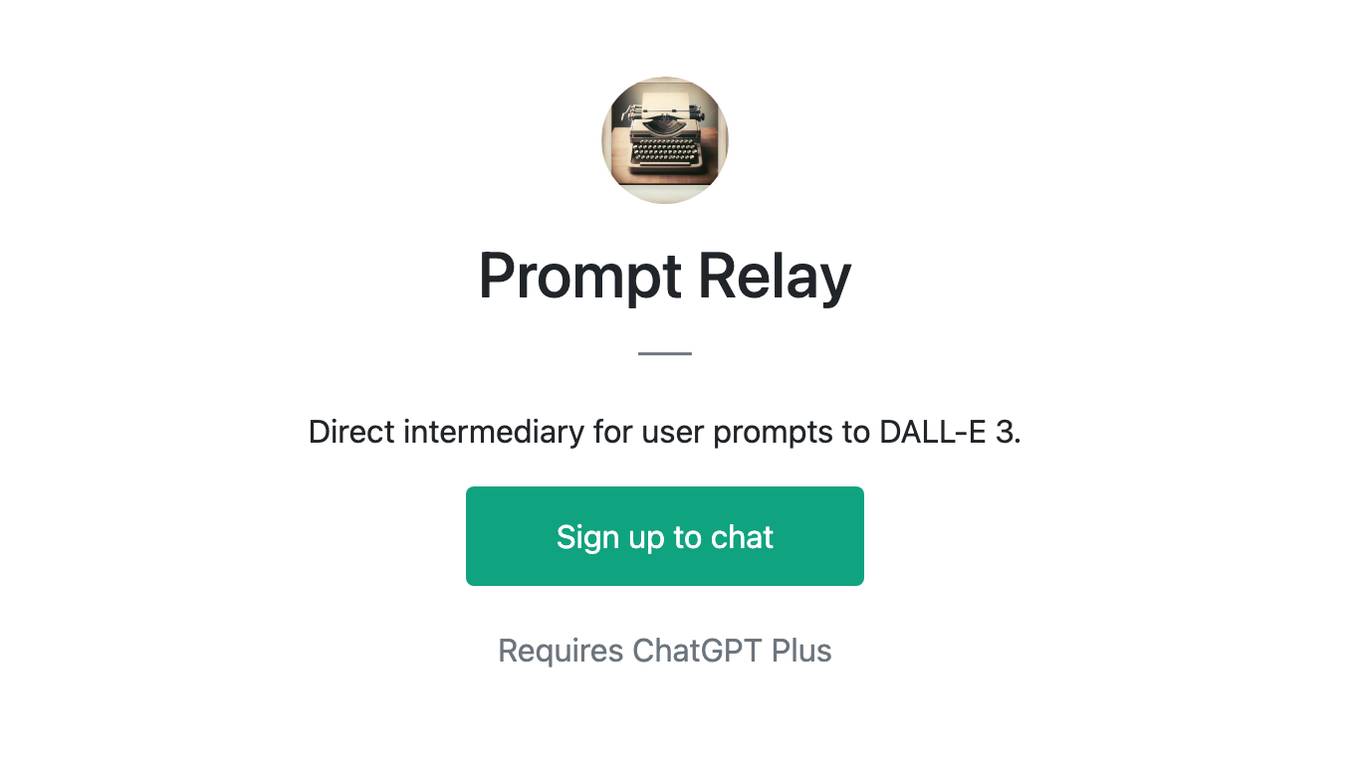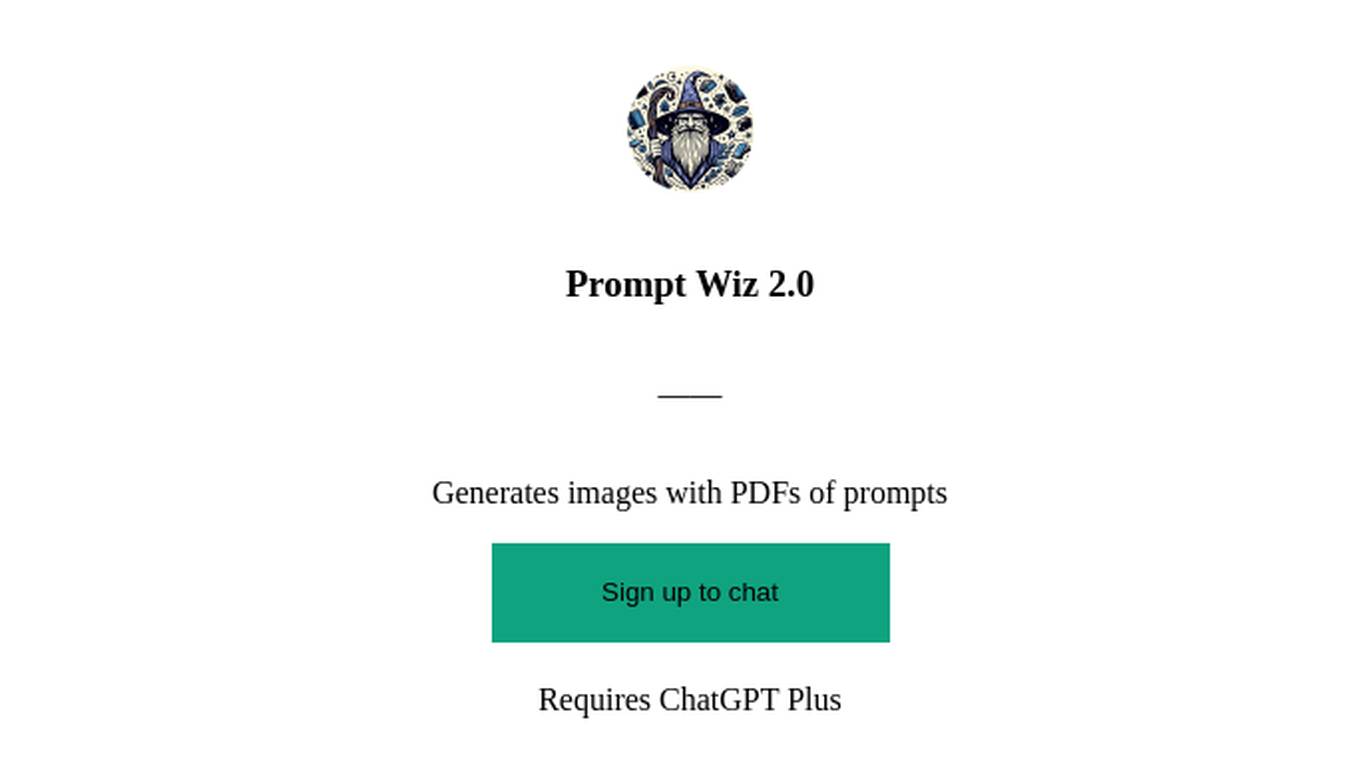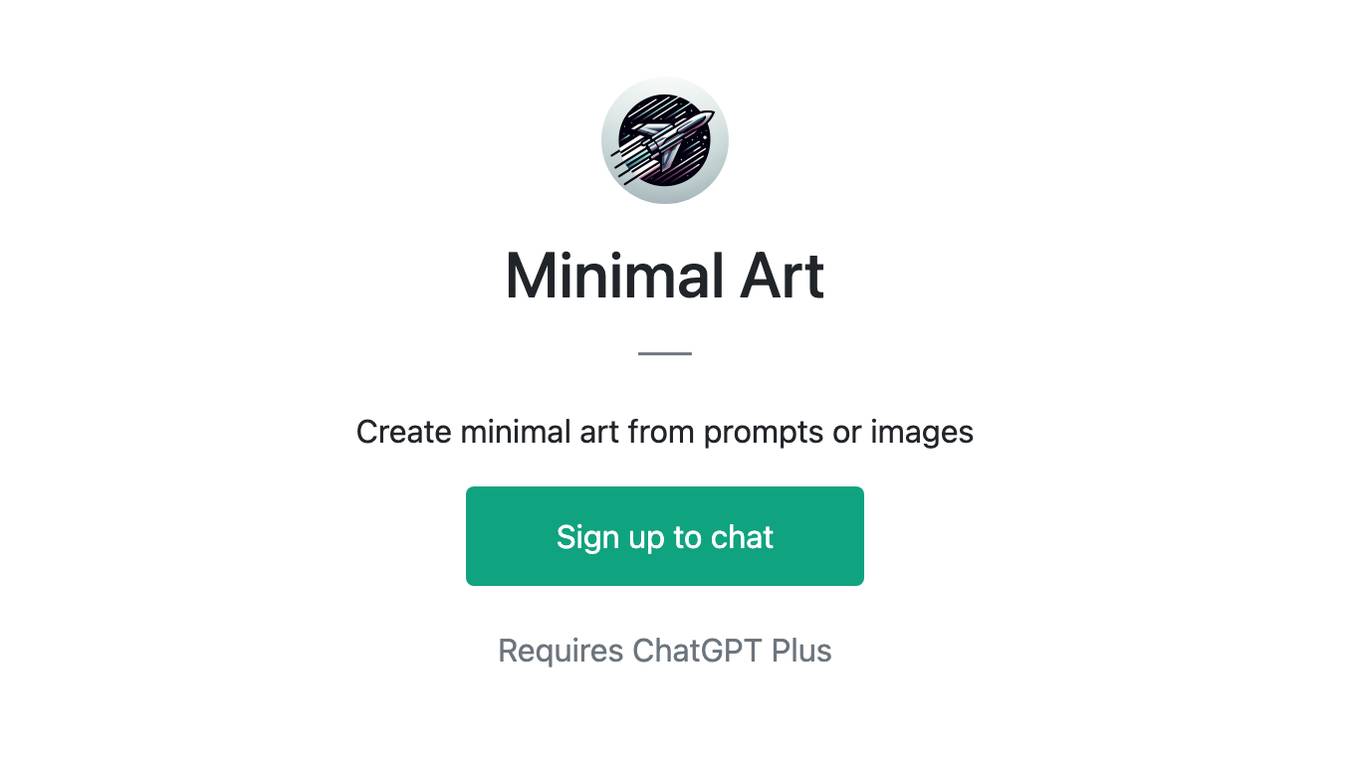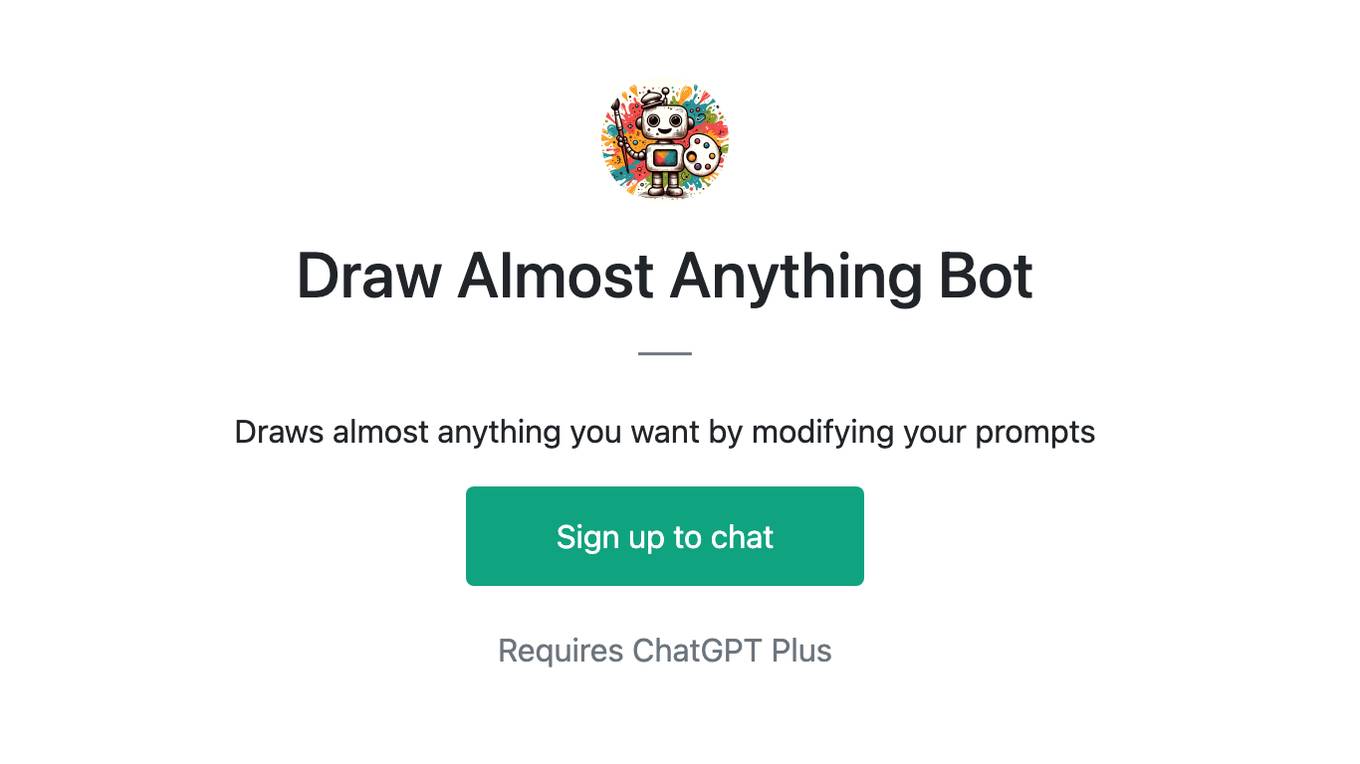Best AI tools for< Design Prompts >
20 - AI tool Sites

Lisapet.AI
Lisapet.AI is an AI prompt testing suite designed for product teams to streamline the process of designing, prototyping, testing, and shipping AI features. It offers a comprehensive platform with features like best-in-class AI playground, variables for dynamic data inputs, structured outputs, side-by-side editing, function calling, image inputs, assertions & metrics, performance comparison, data sets organization, shareable reports, comments & feedback, token & cost stats, and more. The application aims to help teams save time, improve efficiency, and ensure the reliability of AI features through automated prompt testing.
AvatarStudio
AvatarStudio is an AI tool that allows users to generate custom AI avatars by uploading selfies with different angles. The tool then builds a studio based on the uploaded photos and assists users in crafting the perfect prompt to generate unique avatars. AvatarStudio offers a cost-effective solution for creating custom AI avatars, providing 50 shots for $10 with a custom trained model and 4K generation capabilities. Users can unleash their creativity and design avatars that perfectly capture their unique style.
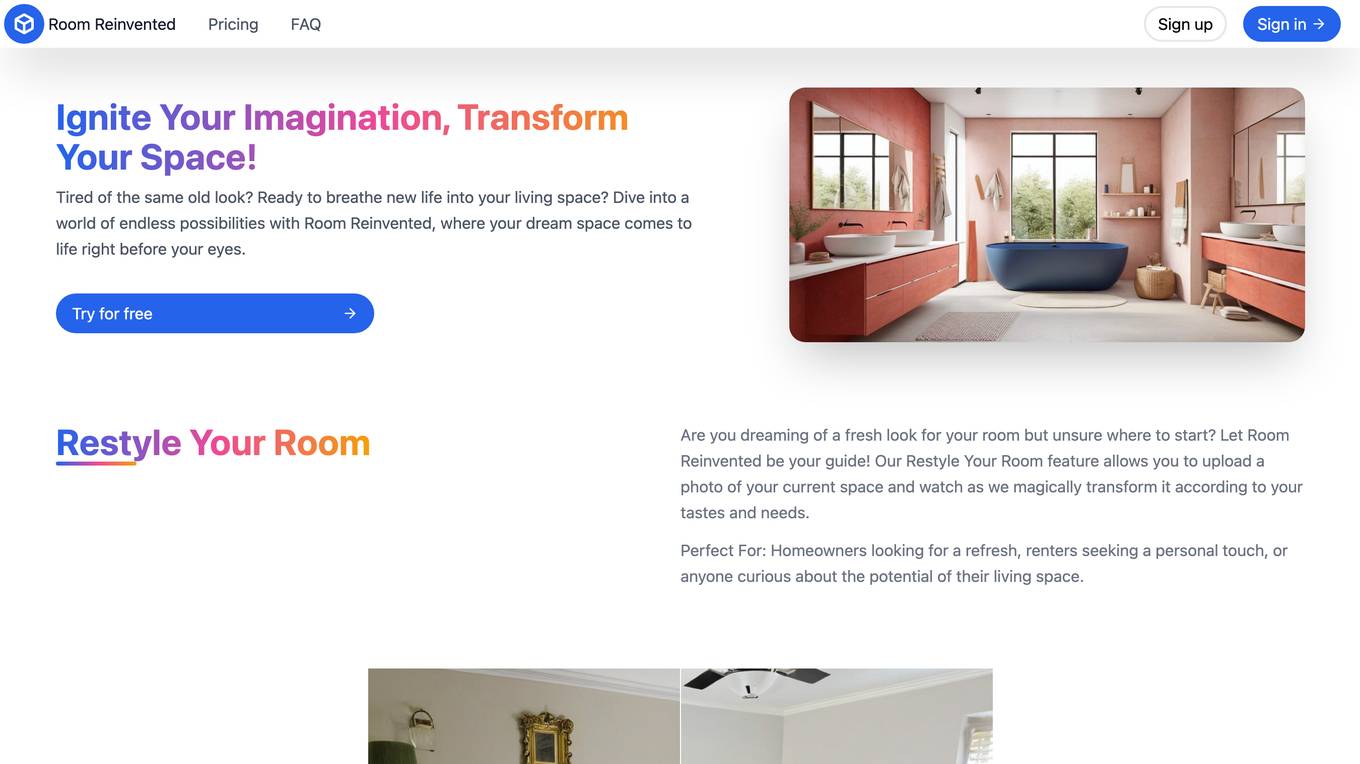
Room Reinvented
Room Reinvented is an AI-powered interior design tool that allows users to transform their living spaces with ease. With features like Restyle Your Room, Virtual Staging, Sketch, Object Removal Tool, AI-Generated Style Rooms, and Custom Prompts, Room Reinvented empowers users to visualize their dream space before making any real-life changes. The tool offers a wide range of interior design styles, color palettes, and furniture options to choose from, making it perfect for homeowners, renters, real estate agents, property managers, home sellers, artists, design students, and anyone looking to enhance their living space.
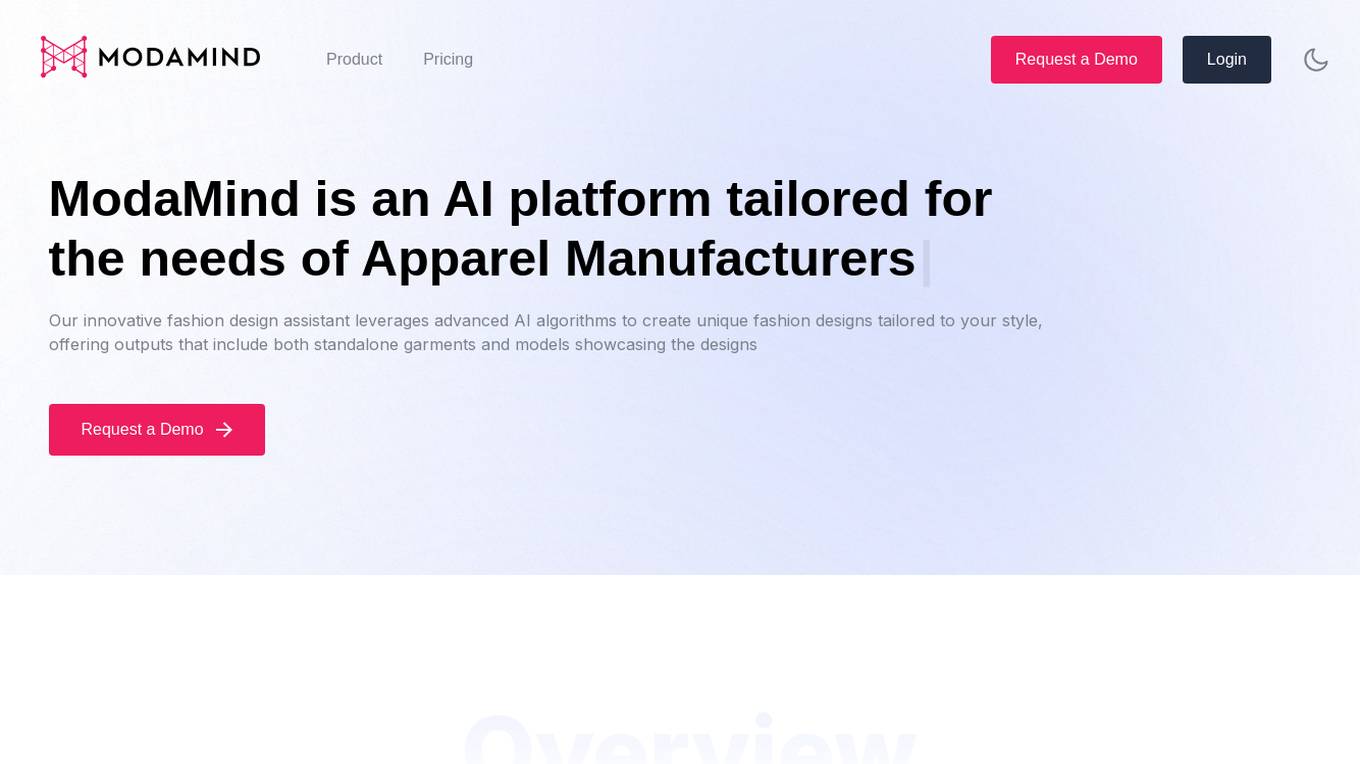
ModaMind
ModaMind is an AI platform designed specifically for fashion designers, offering an innovative fashion design assistant powered by advanced AI algorithms. The platform enables designers to create unique fashion designs tailored to their style, providing endless design ideas from prompts or images. By automating the design ideation process and incorporating the latest trends, ModaMind helps designers accelerate time to market, keep up with recent trends, and meet customer needs. With features like style personalization, AI intelligent garment design, custom visual studio, and the ability to train your own AI model, ModaMind empowers designers to create and innovate with ease.

BestBanner
BestBanner is a user-friendly online tool that allows users to easily convert text into visually appealing banners without the need for any design skills or prompts. With a simple and intuitive interface, users can create eye-catching banners for various purposes such as social media posts, website headers, and promotional materials. BestBanner offers a wide range of customization options, including different fonts, colors, backgrounds, and effects, to help users create unique and professional-looking banners in just a few clicks. Whether you're a small business owner, a social media influencer, or a marketing professional, BestBanner is the perfect tool to enhance your online presence and attract more attention to your content.
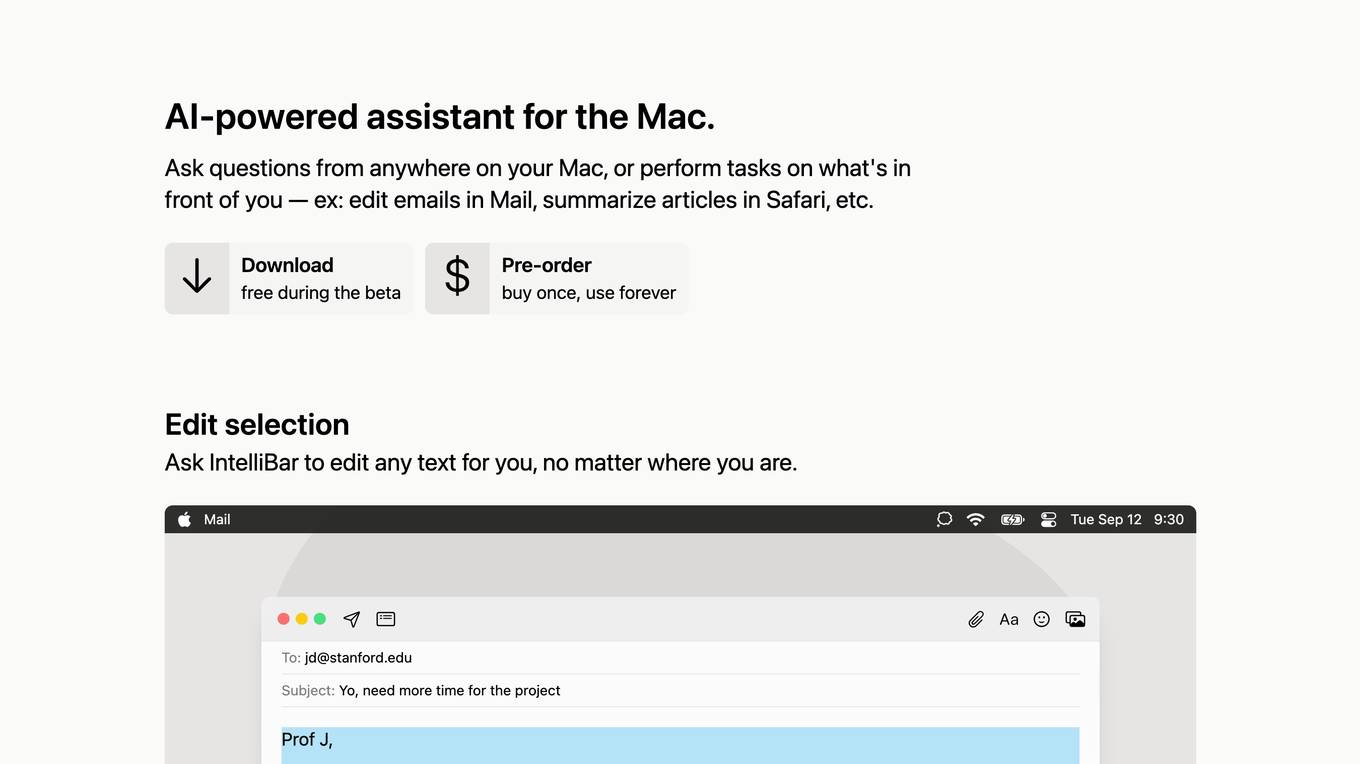
IntelliBar
IntelliBar is an AI-powered assistant for Mac that allows users to ask questions, perform tasks, and edit text from anywhere on their Mac. It is optimized for keyboard use and supports GPT-4, DALL-E, TTS, and Whispers models. IntelliBar is secure by design and sends prompts directly to the OpenAI API.
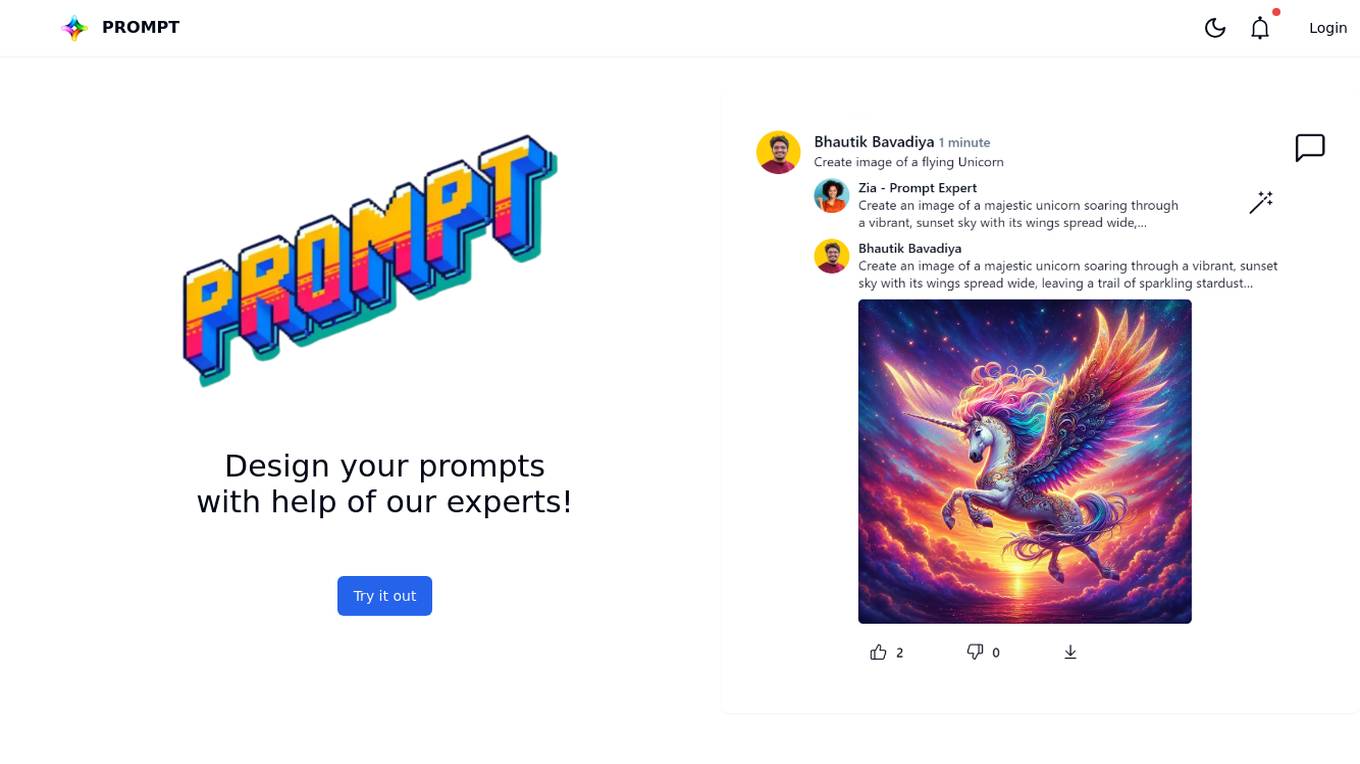
PROMPT
PROMPT is an AI-powered tool designed to assist users in creating prompts with the help of experts. The platform offers a user-friendly interface where users can easily generate prompts for various purposes, such as writing assignments, brainstorming sessions, or creative projects. By leveraging artificial intelligence technology, PROMPT provides personalized suggestions and guidance to enhance the prompt creation process, making it efficient and effective.
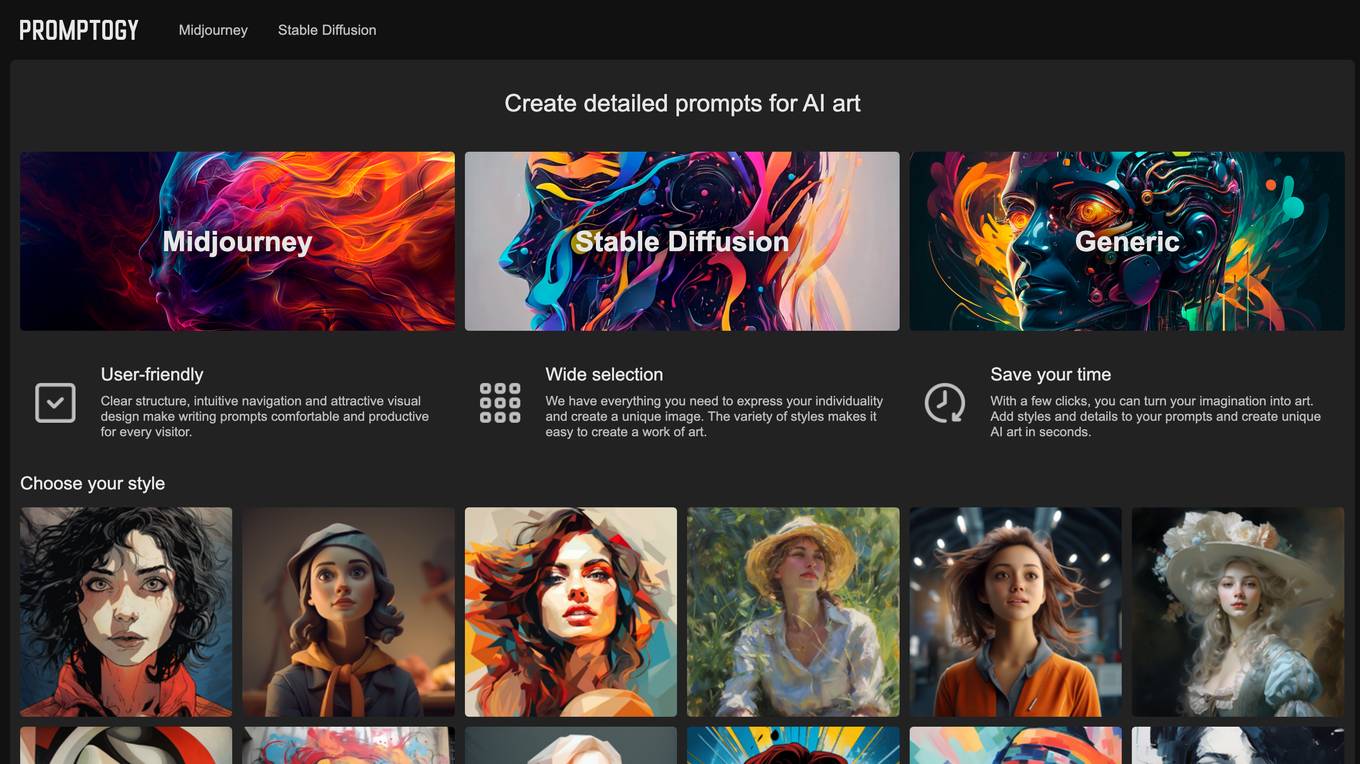
Promptogy
Promptogy is a user-friendly prompt builder for AI art tools like Midjourney and Stable Diffusion. It offers a wide selection of styles and features to help users create unique and visually appealing AI-generated images. The platform is designed to be intuitive and easy to use, making it accessible to users of all skill levels.

Lovart
Lovart is the world's first design agent that automates the entire design journey, from concept to images, videos, 3D, and more. It plans, explores, and creates like a real designer, bringing your creative vision to life. Lovart allows users to co-create on ChatCanvas, offering shared intelligence. It supports all formats in one place, providing image, video, audio, and 3D outputs instantly. Users can discover inspiring projects from the vibrant community. Lovart AI is praised for its intuitive design capabilities and potential to revolutionize the creative process.
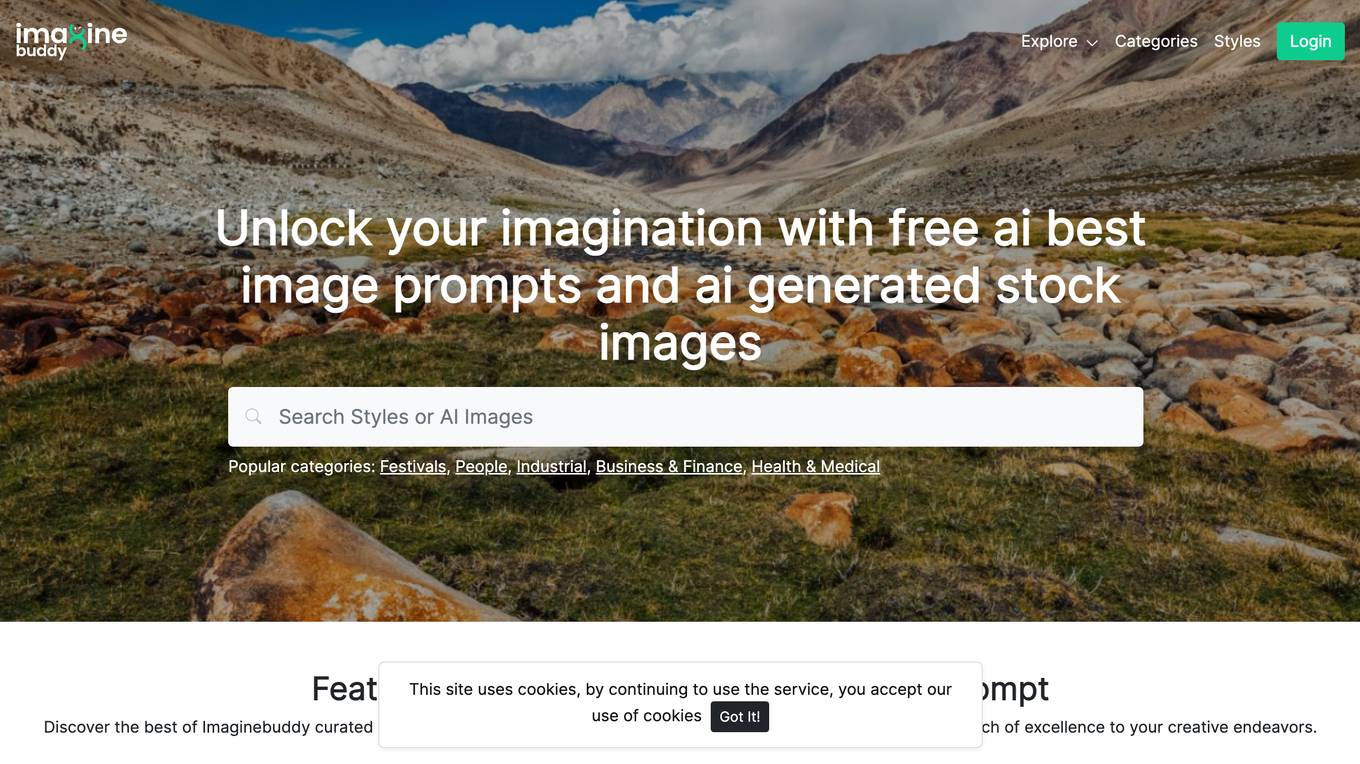
Imaginebuddy
Imaginebuddy is an AI-powered platform that provides users with access to a vast library of high-quality stock images and image prompts. The platform's advanced AI algorithms generate unique and visually appealing images based on user-provided prompts, making it an ideal tool for a wide range of creative projects. With its intuitive interface and extensive collection of images, Imaginebuddy empowers users to unleash their creativity and bring their visions to life.
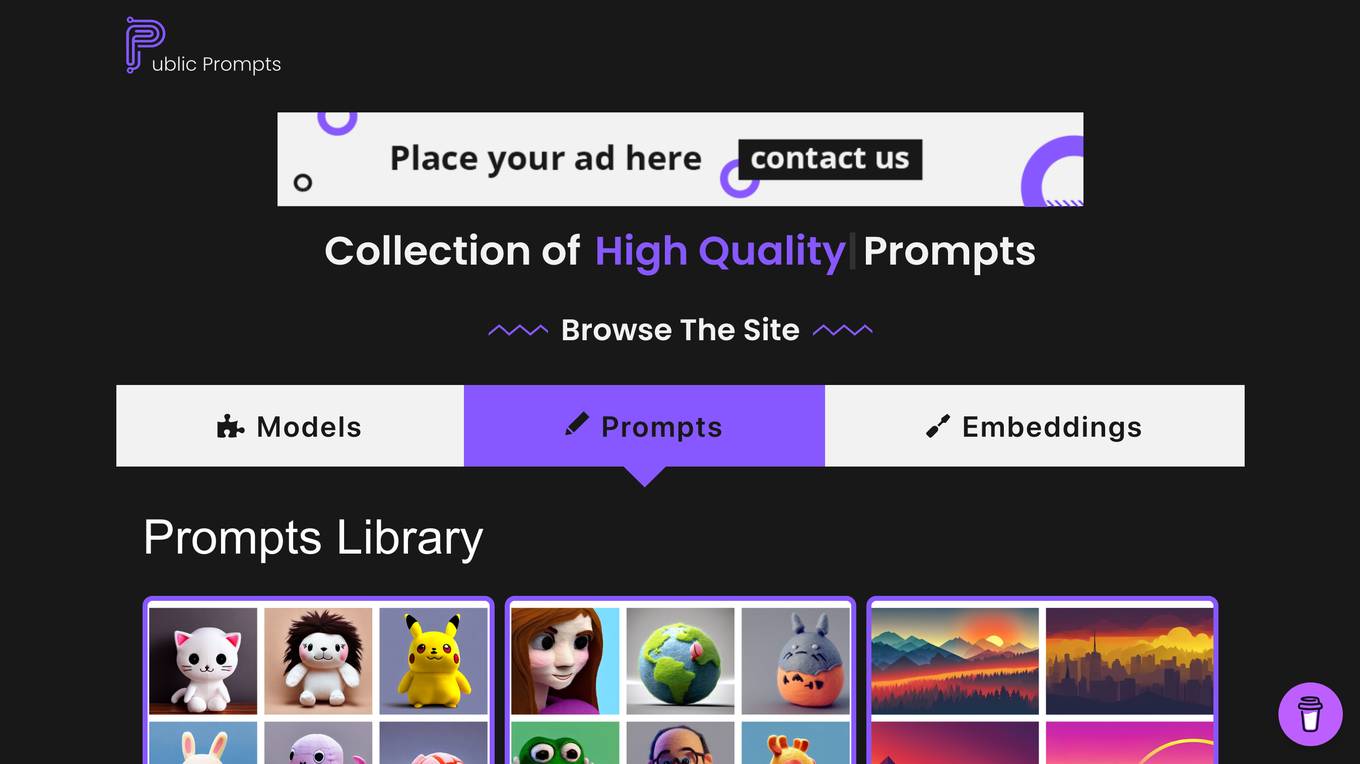
Public Prompts
Public Prompts is a website that provides free, high-quality prompts for Stable Diffusion, an AI-powered image generation model. The website also offers a library of fine-tuned models and embeddings, which can be used to customize the output of Stable Diffusion. Public Prompts is a valuable resource for anyone who wants to use Stable Diffusion to create unique and interesting images.
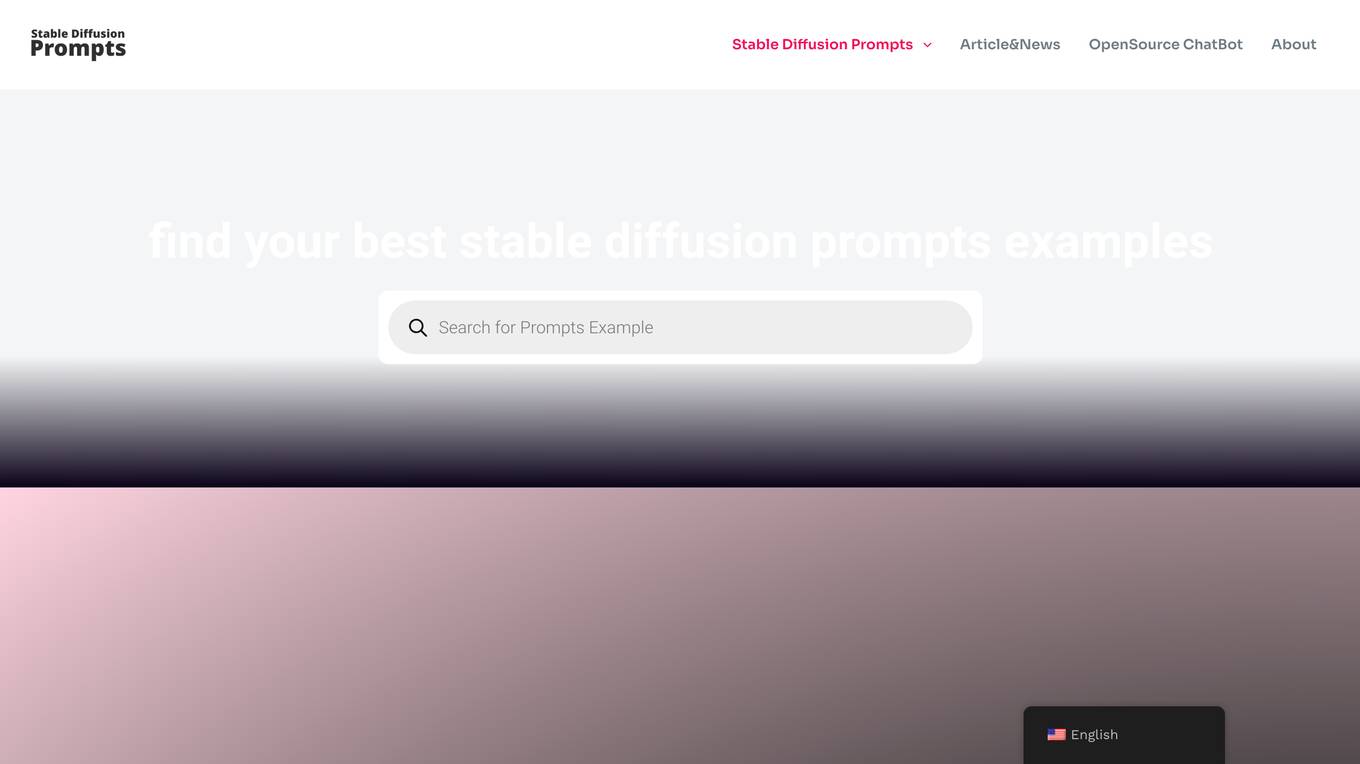
Stable Diffusion Prompts
This website provides a collection of prompts for the Stable Diffusion AI image generation model. Users can search for prompts by model, text, and tags. The website also includes articles and news about Stable Diffusion and other AI-related topics.
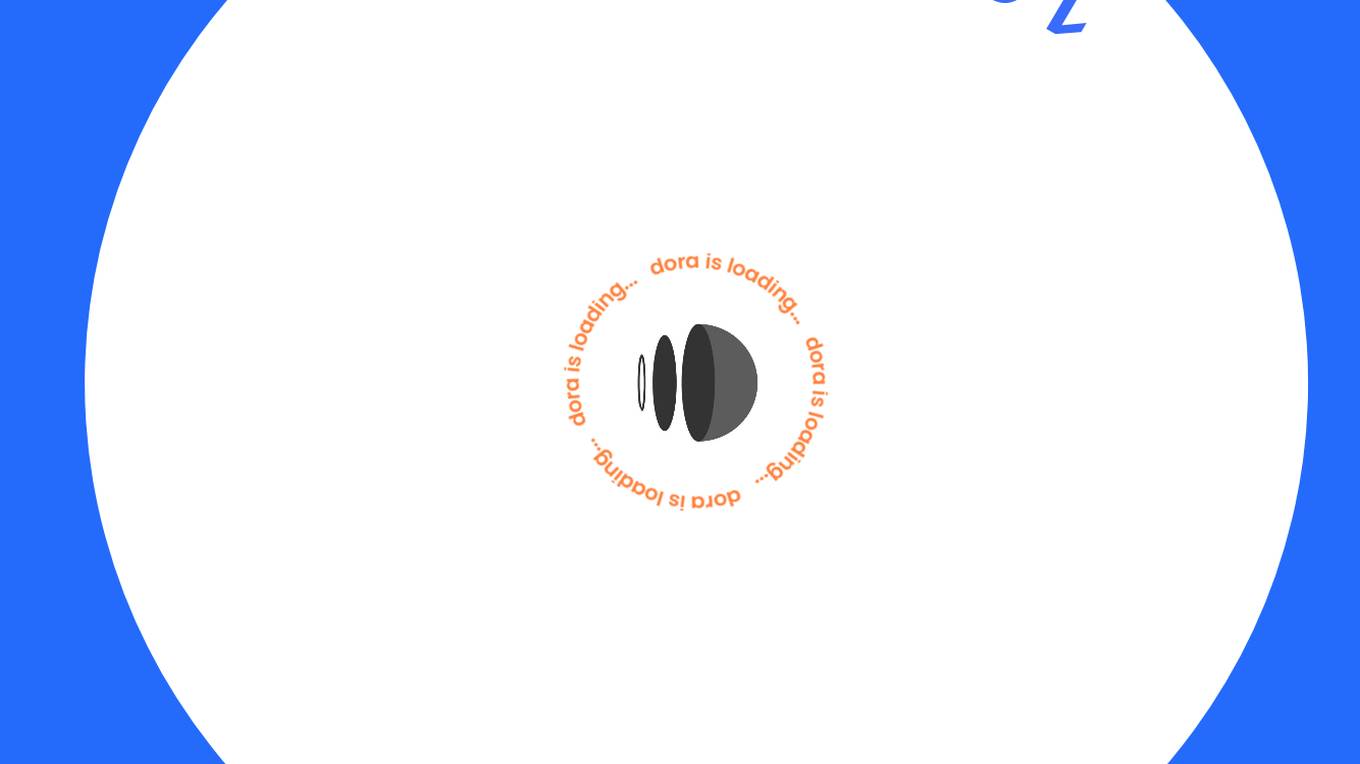
Dora
Dora is an AI-powered platform that enables users to create 3D animated websites without the need for coding. It caters to designers, freelancers, and creative professionals who seek to design visually captivating websites effortlessly. With Dora, users can craft mesmerizing 3D and animated visuals that are responsive and seamlessly translate across devices. The platform is designed for professionals who prioritize design aesthetics and offers a no-code experience for those transitioning from other design tools. Dora leverages advanced AI algorithms to generate, customize, and deploy stunning landing pages, revolutionizing the web design process.
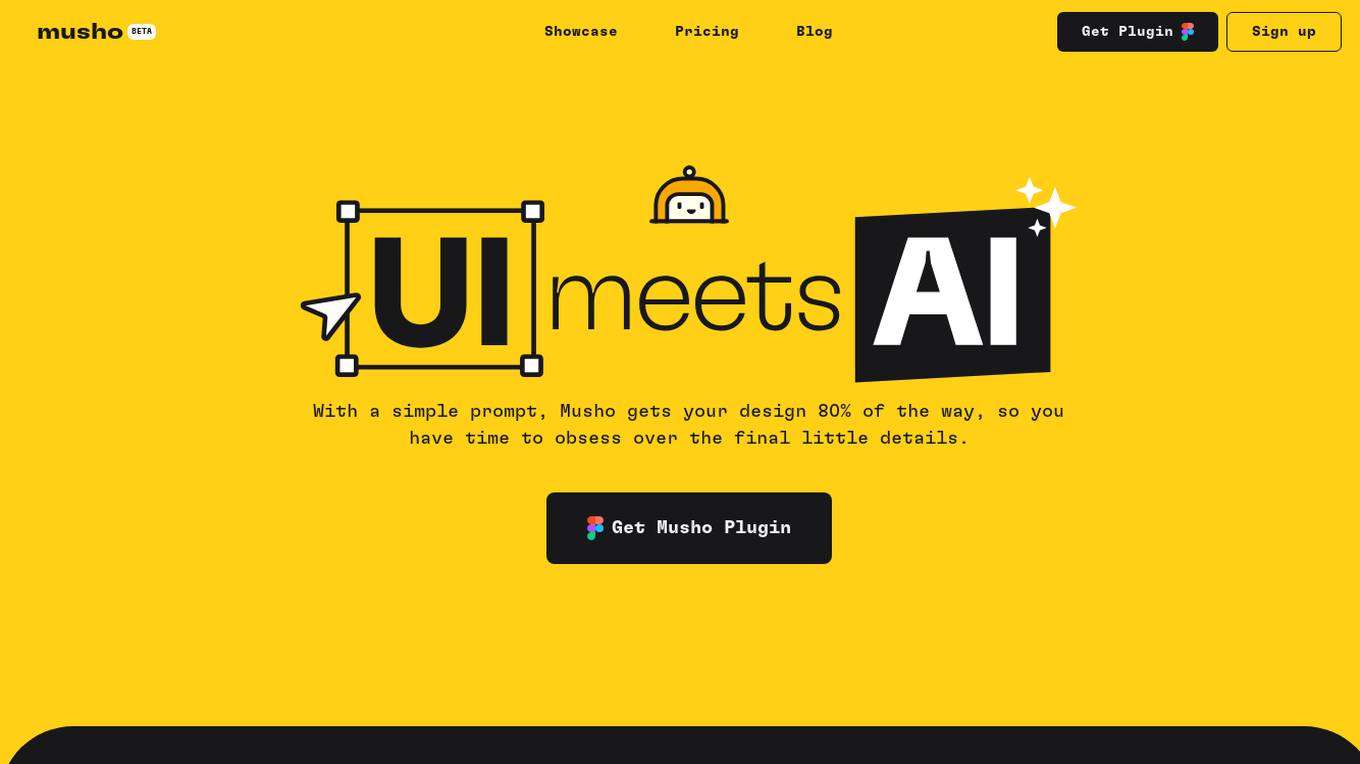
Musho
Musho is an AI-powered design assistant that helps users create beautiful and professional websites, landing pages, and social media posts with just a few simple prompts. It is designed to be easy to use, even for those with no design experience, and it can save users a significant amount of time and effort. Musho is available as a plugin for Figma, a popular design tool, and it can also be used as a standalone web application.
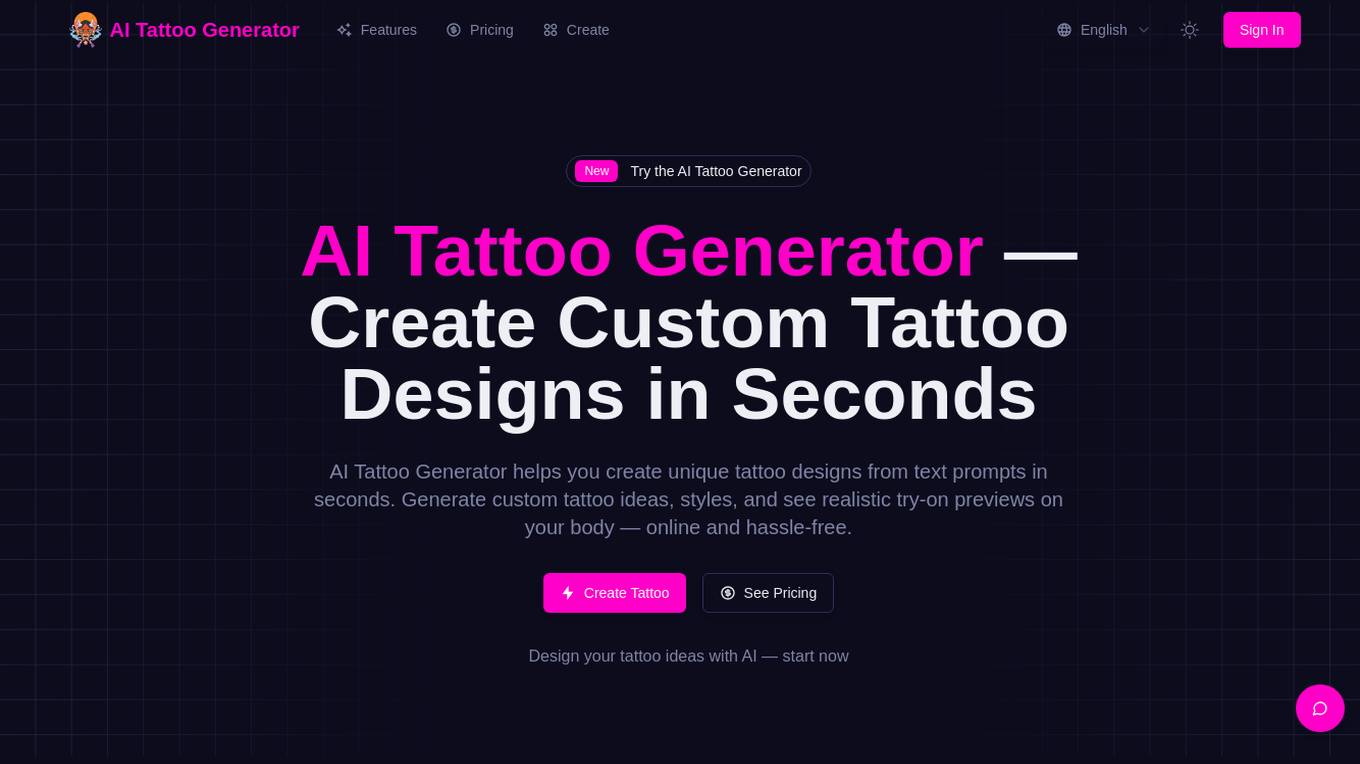
AI Tattoo Generator
AI Tattoo Generator is an online tool that allows users to create custom tattoo designs from text prompts in seconds. Users can choose from various tattoo styles like minimal, tribal, geometric, fine line, or realism, and generate high-quality AI tattoo images. The tool provides full control over style, size, and export options, including the ability to preview placement guides and download high-resolution images or stencil-ready files for tattoo artists. With features such as text-to-tattoo generation, style and size controls, try-on previews, variations and edits, the AI Tattoo Generator simplifies the tattoo design process and helps users visualize their tattoo ideas effectively.
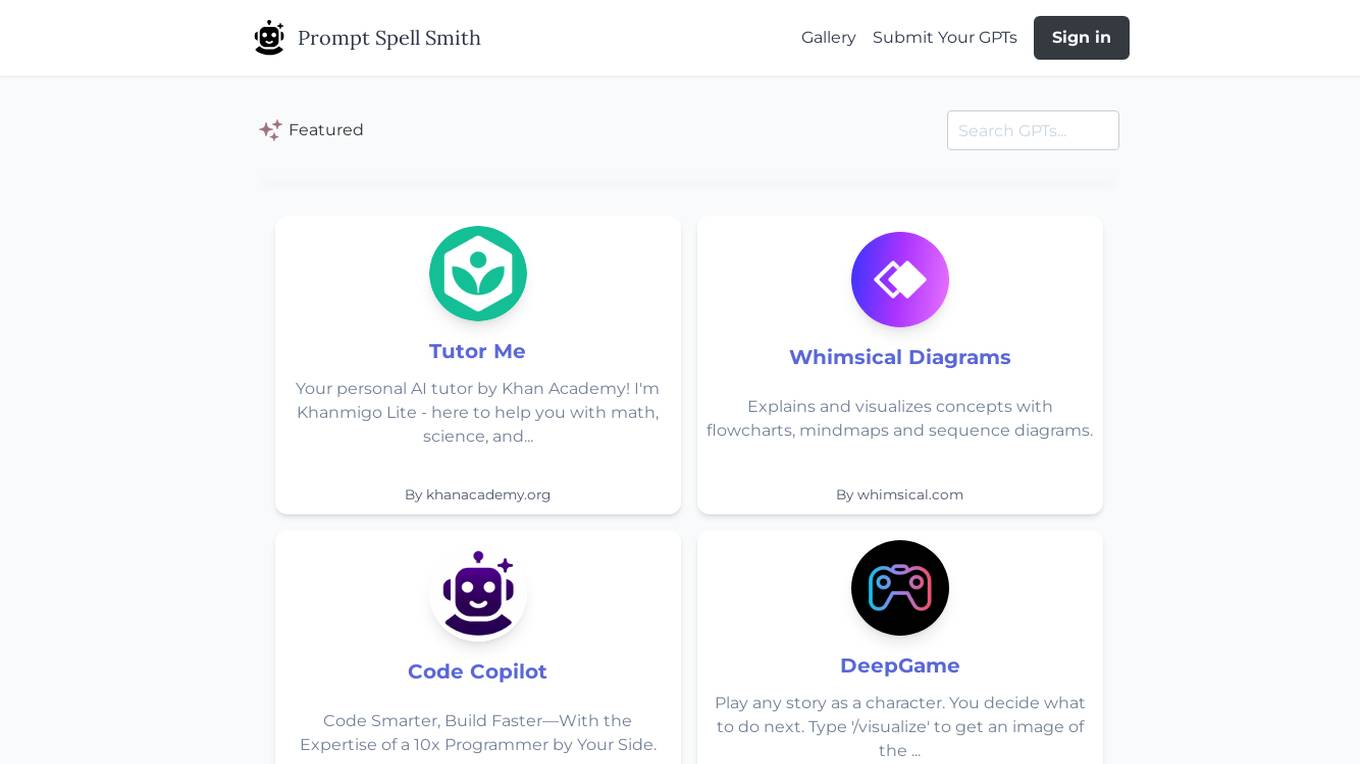
AI Tool Hub
The website features a variety of AI tools and applications, including GPTs, AI tutors, code assistants, diagram creators, and more. Users can explore and discover top GPTs, get assistance in programming, design, finance, and even fortune-telling. The platform offers a range of AI-powered solutions for different tasks and industries, aiming to enhance productivity and creativity through advanced AI technologies.
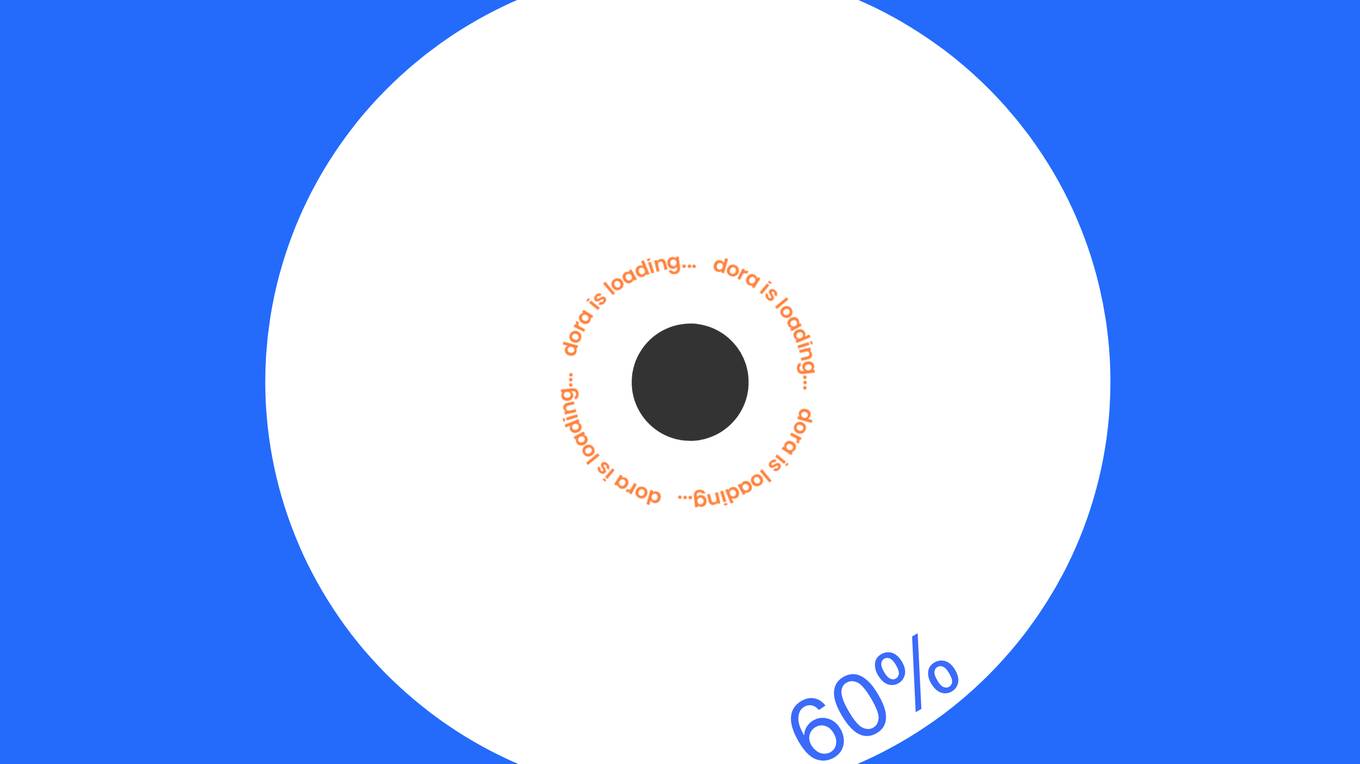
Dora
Dora is a no-code 3D animated website design platform that allows users to create stunning 3D and animated visuals without writing a single line of code. With Dora, designers, freelancers, and creative professionals can focus on what they do best: designing. The platform is tailored for professionals who prioritize design aesthetics without wanting to dive deep into the backend. Dora offers a variety of features, including a drag-and-connect constraint layout system, advanced animation capabilities, and pixel-perfect usability. With Dora, users can create responsive 3D and animated websites that translate seamlessly across devices.
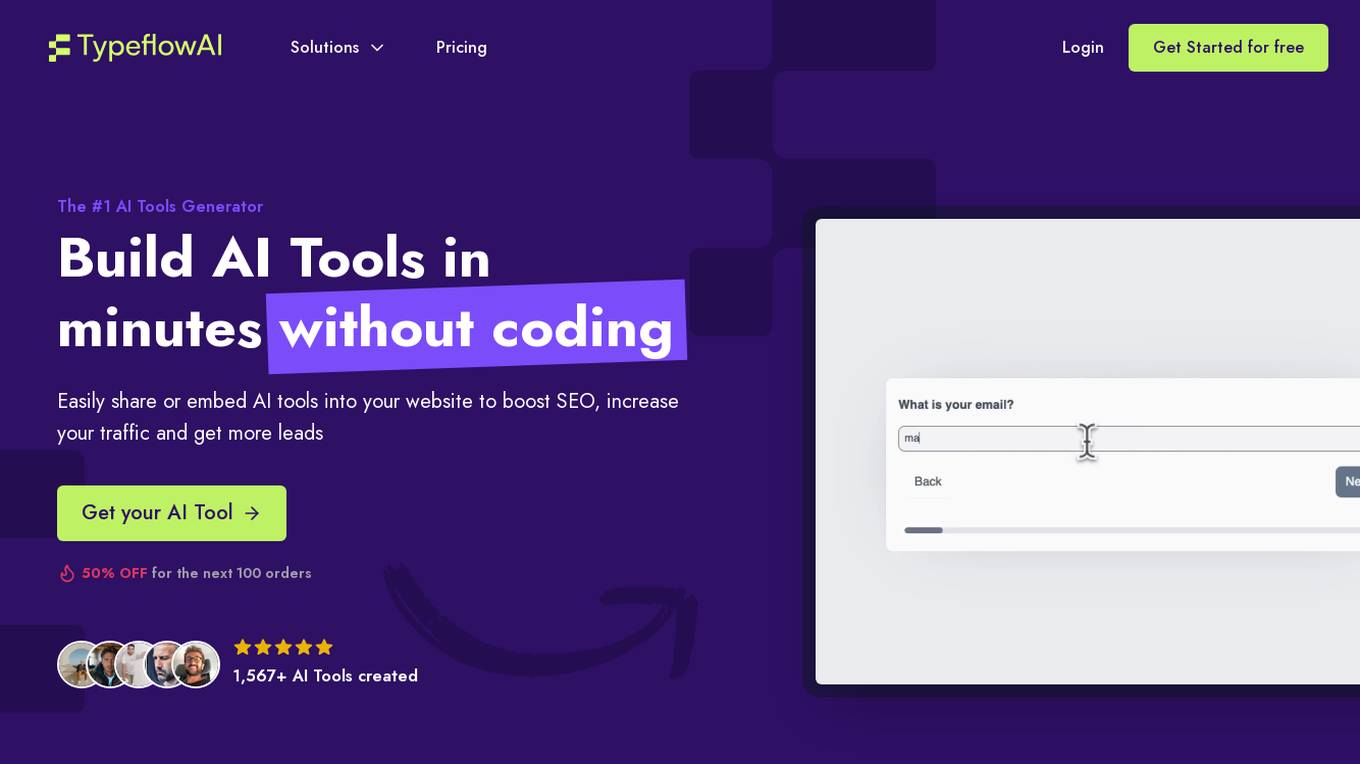
TypeflowAI
TypeflowAI is a platform that allows users to create AI tools without coding in minutes. Users can easily build, share, and embed AI tools into their websites to enhance SEO, increase traffic, and generate more leads. The platform offers features such as creating dynamic lead magnets, AI quizzes, calculators, and more, along with customization options to fit users' branding. With flexible pricing plans and integrations with popular apps, TypeflowAI simplifies the process of creating AI tools and lead magnets for businesses and individuals.
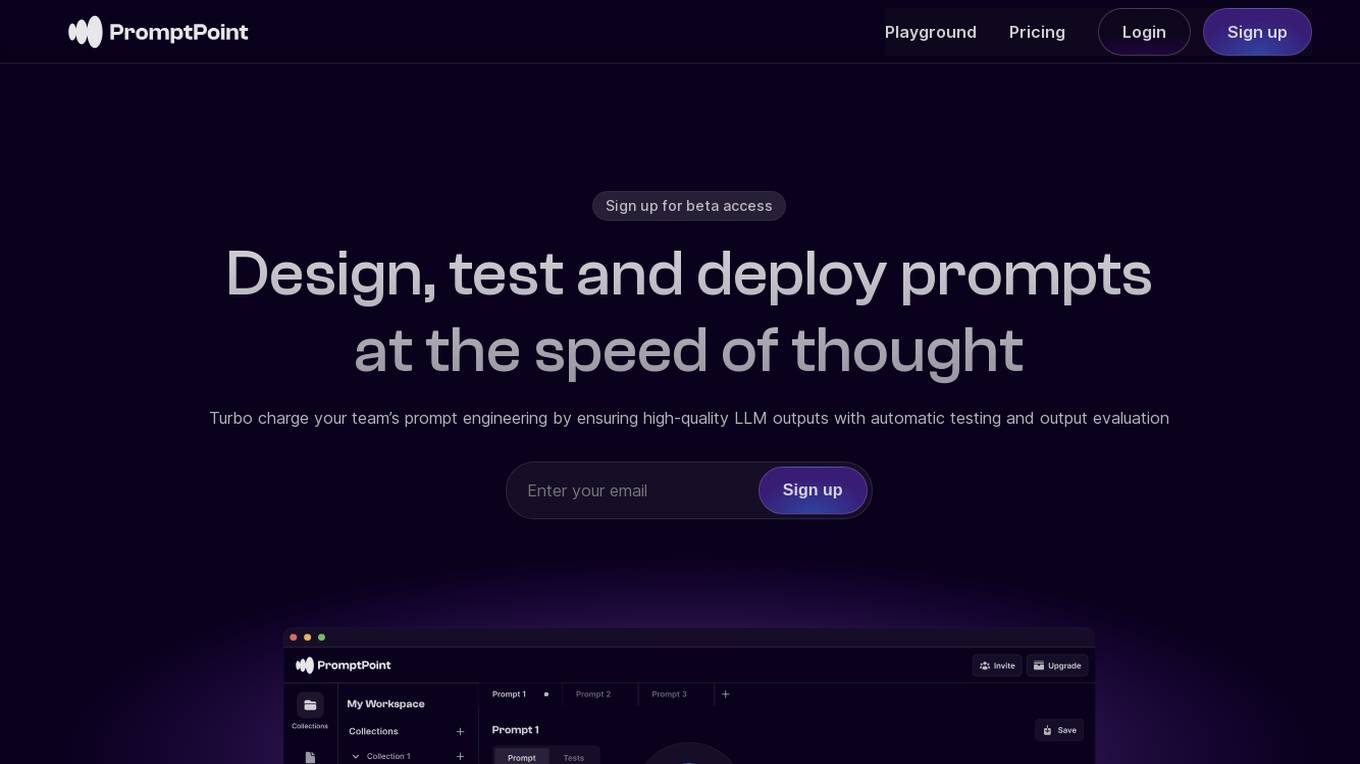
PromptPoint Playground
PromptPoint Playground is an AI tool designed to help users design, test, and deploy prompts quickly and efficiently. It enables teams to create high-quality LLM outputs through automatic testing and evaluation. The platform allows users to make non-deterministic prompts predictable, organize prompt configurations, run automated tests, and monitor usage. With a focus on collaboration and accessibility, PromptPoint Playground empowers both technical and non-technical users to leverage the power of large language models for prompt engineering.
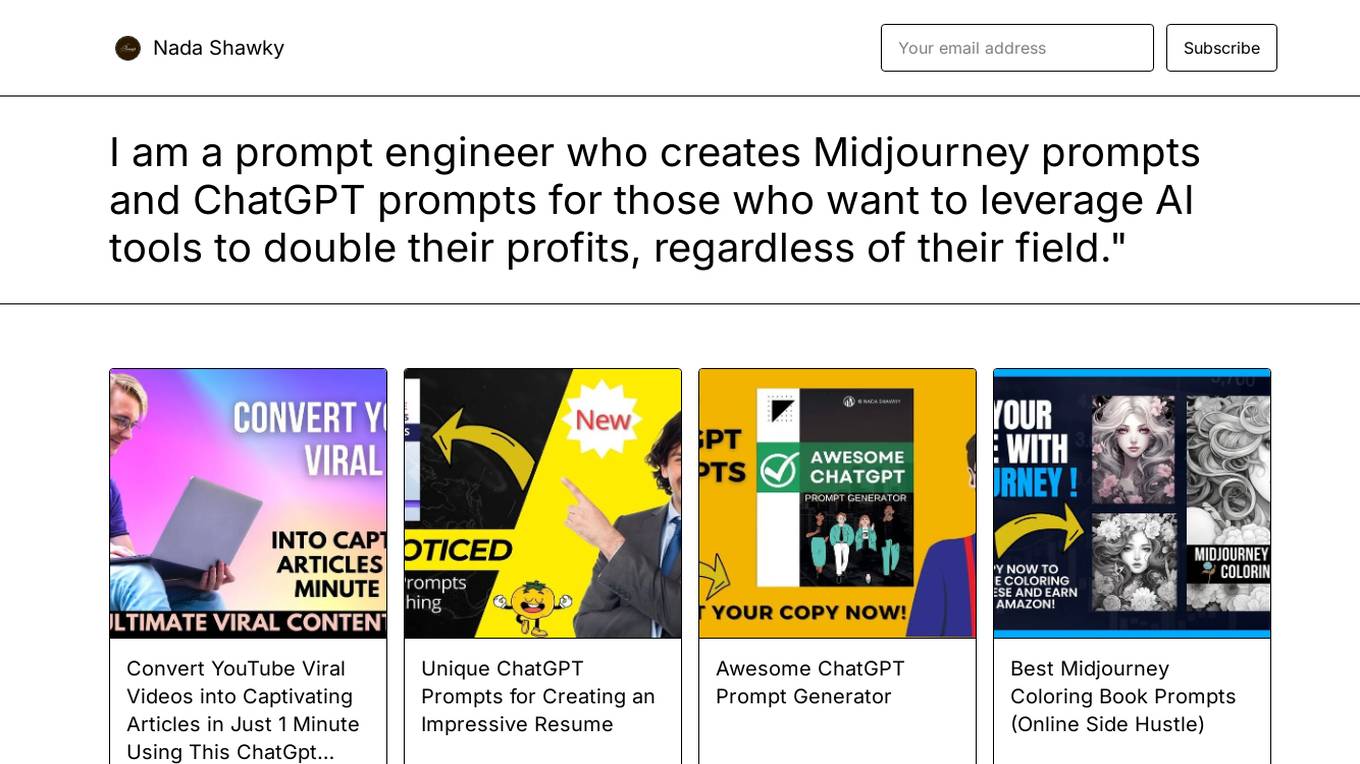
ChatGPT Prompt Generator
The website offers ChatGPT prompts created by a prompt engineer, Nada Shawky, to help users leverage AI tools for various purposes such as converting YouTube viral videos into articles, creating impressive resumes, generating prompts for writing articles, designing T-shirts, and more. The prompts aim to assist users in enhancing their productivity and creativity by utilizing AI technology.
4 - Open Source AI Tools
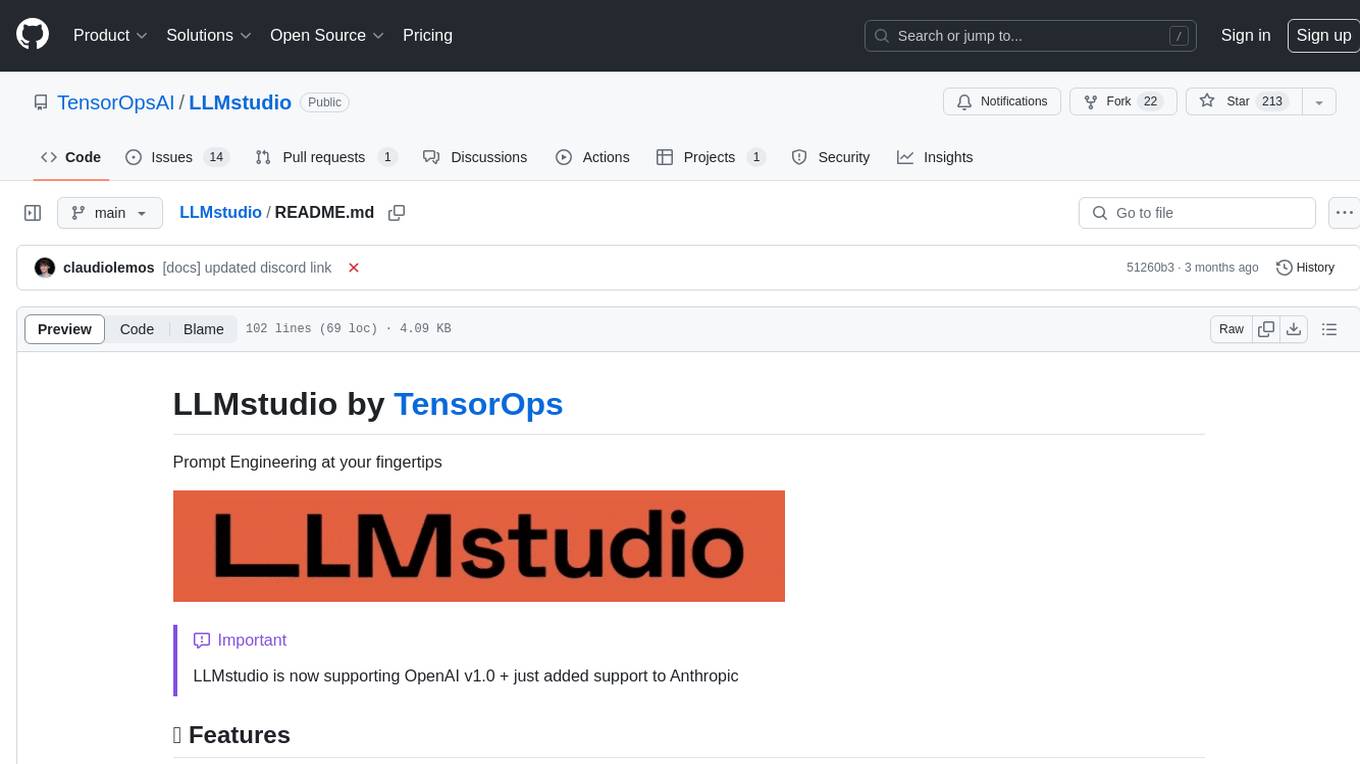
LLMstudio
LLMstudio by TensorOps is a platform that offers prompt engineering tools for accessing models from providers like OpenAI, VertexAI, and Bedrock. It provides features such as Python Client Gateway, Prompt Editing UI, History Management, and Context Limit Adaptability. Users can track past runs, log costs and latency, and export history to CSV. The tool also supports automatic switching to larger-context models when needed. Coming soon features include side-by-side comparison of LLMs, automated testing, API key administration, project organization, and resilience against rate limits. LLMstudio aims to streamline prompt engineering, provide execution history tracking, and enable effortless data export, offering an evolving environment for teams to experiment with advanced language models.
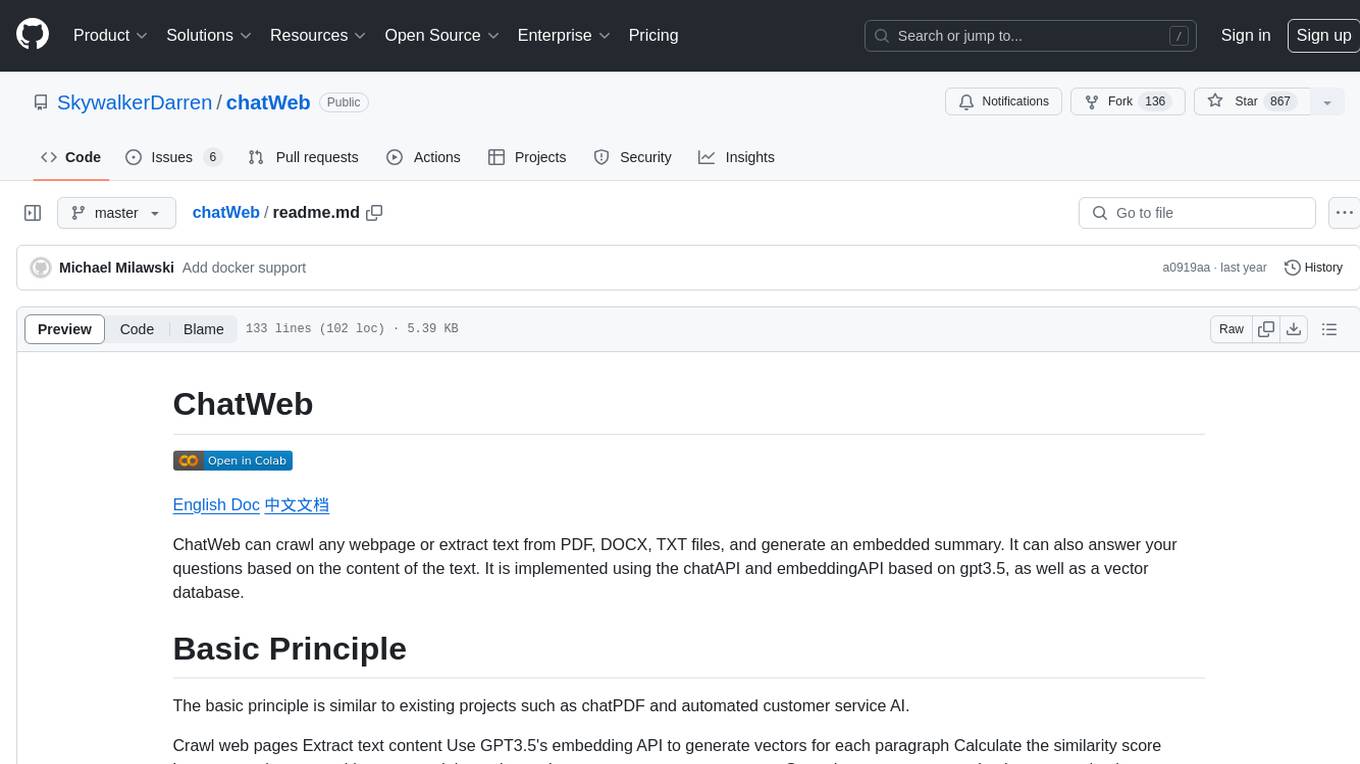
chatWeb
ChatWeb is a tool that can crawl web pages, extract text from PDF, DOCX, TXT files, and generate an embedded summary. It can answer questions based on text content using chatAPI and embeddingAPI based on GPT3.5. The tool calculates similarity scores between text vectors to generate summaries, performs nearest neighbor searches, and designs prompts to answer user questions. It aims to extract relevant content from text and provide accurate search results based on keywords. ChatWeb supports various modes, languages, and settings, including temperature control and PostgreSQL integration.
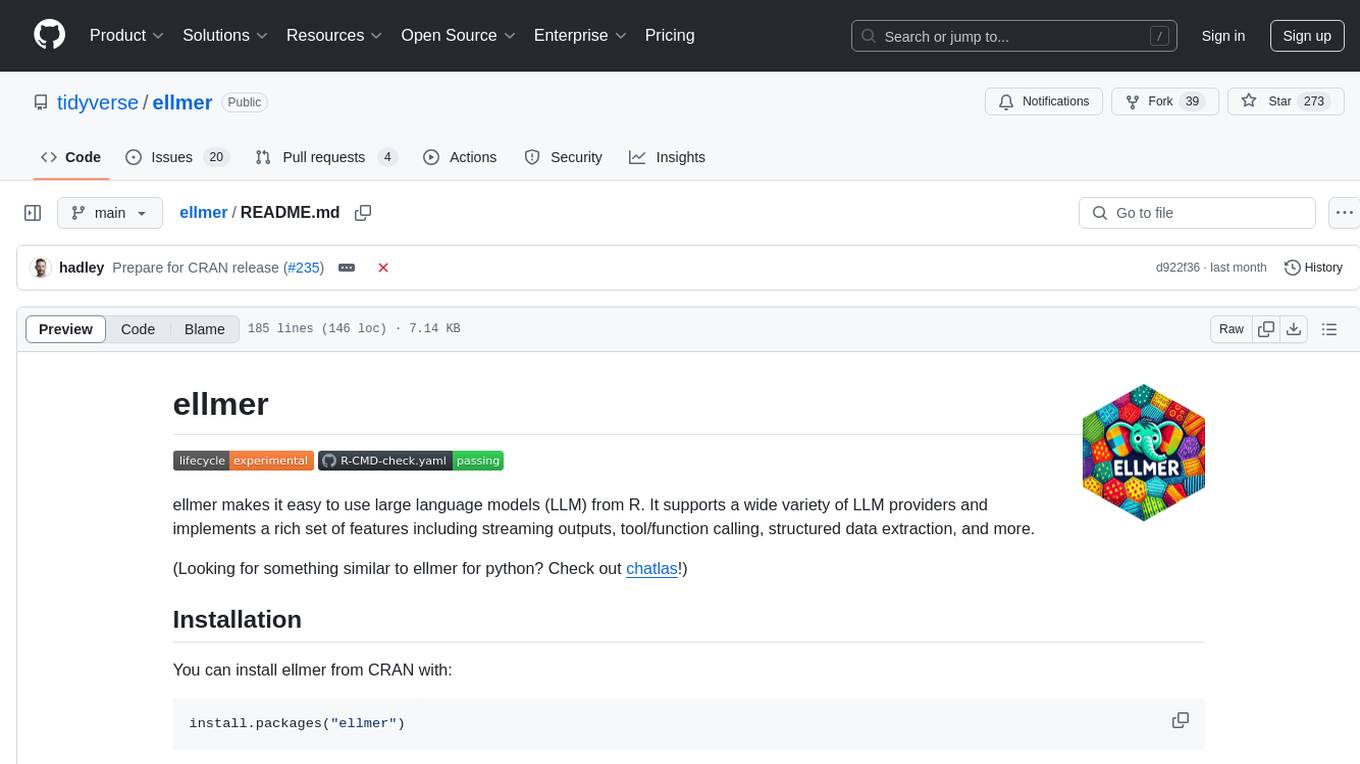
ellmer
ellmer is a tool that facilitates the use of large language models (LLM) from R. It supports various LLM providers and offers features such as streaming outputs, tool/function calling, and structured data extraction. Users can interact with ellmer in different ways, including interactive chat console, interactive method call, and programmatic chat. The tool provides support for multiple model providers and offers recommendations for different use cases, such as exploration or organizational use.
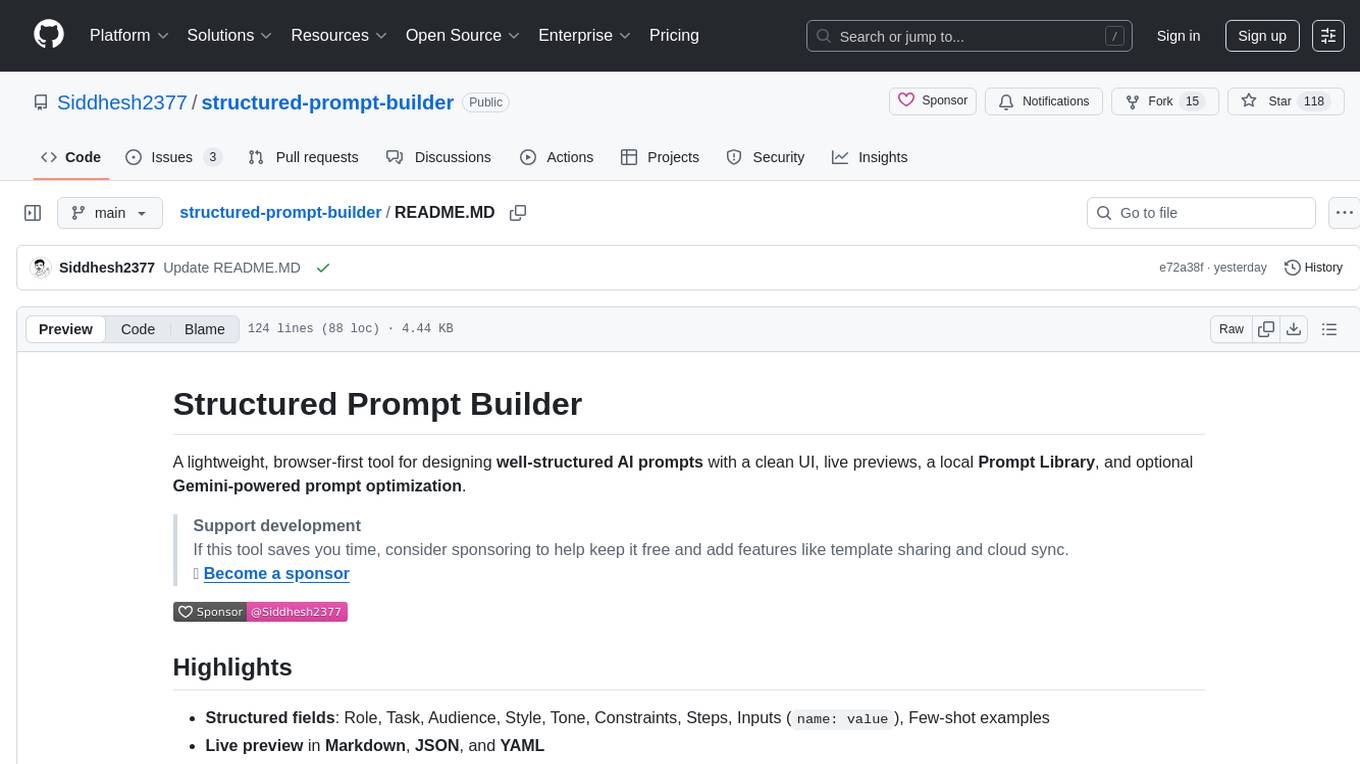
structured-prompt-builder
A lightweight, browser-first tool for designing well-structured AI prompts with a clean UI, live previews, a local Prompt Library, and optional Gemini-powered prompt optimization. It supports structured fields like Role, Task, Audience, Style, Tone, Constraints, Steps, Inputs, and Few-shot examples. Users can copy/download prompts in Markdown, JSON, and YAML formats, and utilize model parameters like Temperature, Top-p, Max tokens, Presence & Frequency penalties. The tool also features a Local Prompt Library for saving, loading, duplicating, and deleting prompts, as well as a Gemini Optimizer for cleaning grammar/clarity without altering the schema. It offers dark/light friendly styles and a focused reading mode for long prompts.
20 - OpenAI Gpts
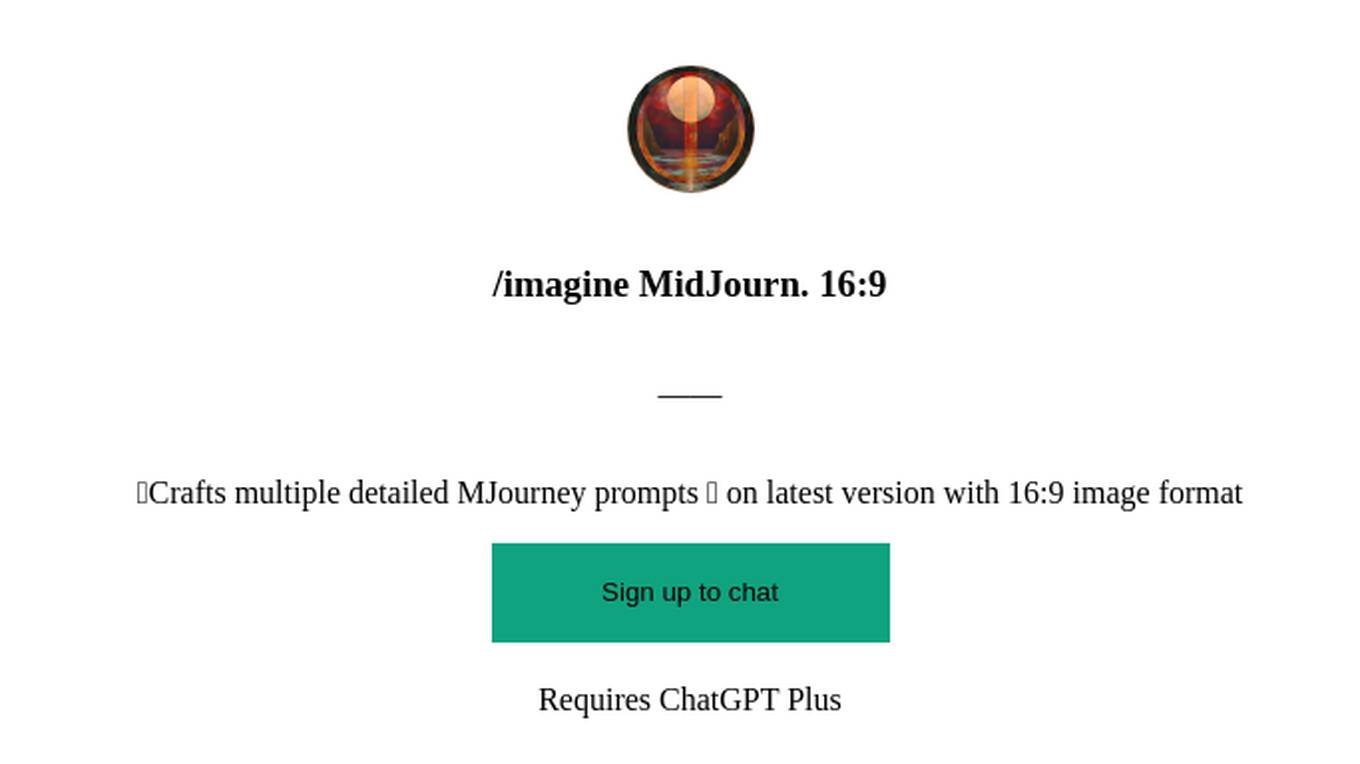
/imagine MidJourn. 16:9
✨Crafts multiple detailed MJourney prompts 🖼️ on latest version with 16:9 image format
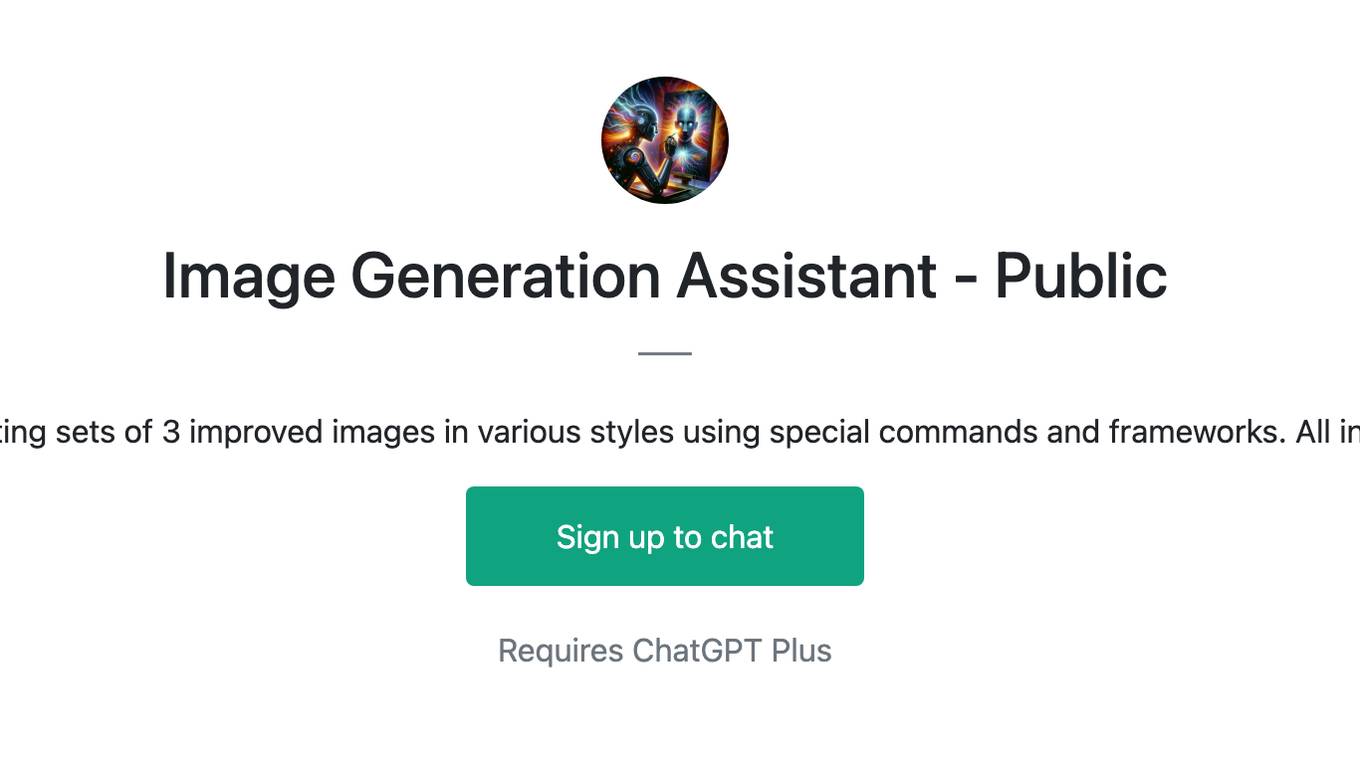
Image Generation Assistant - Public
Enhanced prompts for DALLE crafting sets of 3 improved images in various styles using special commands and frameworks. All infos ---> http://iga.eklablog.com/
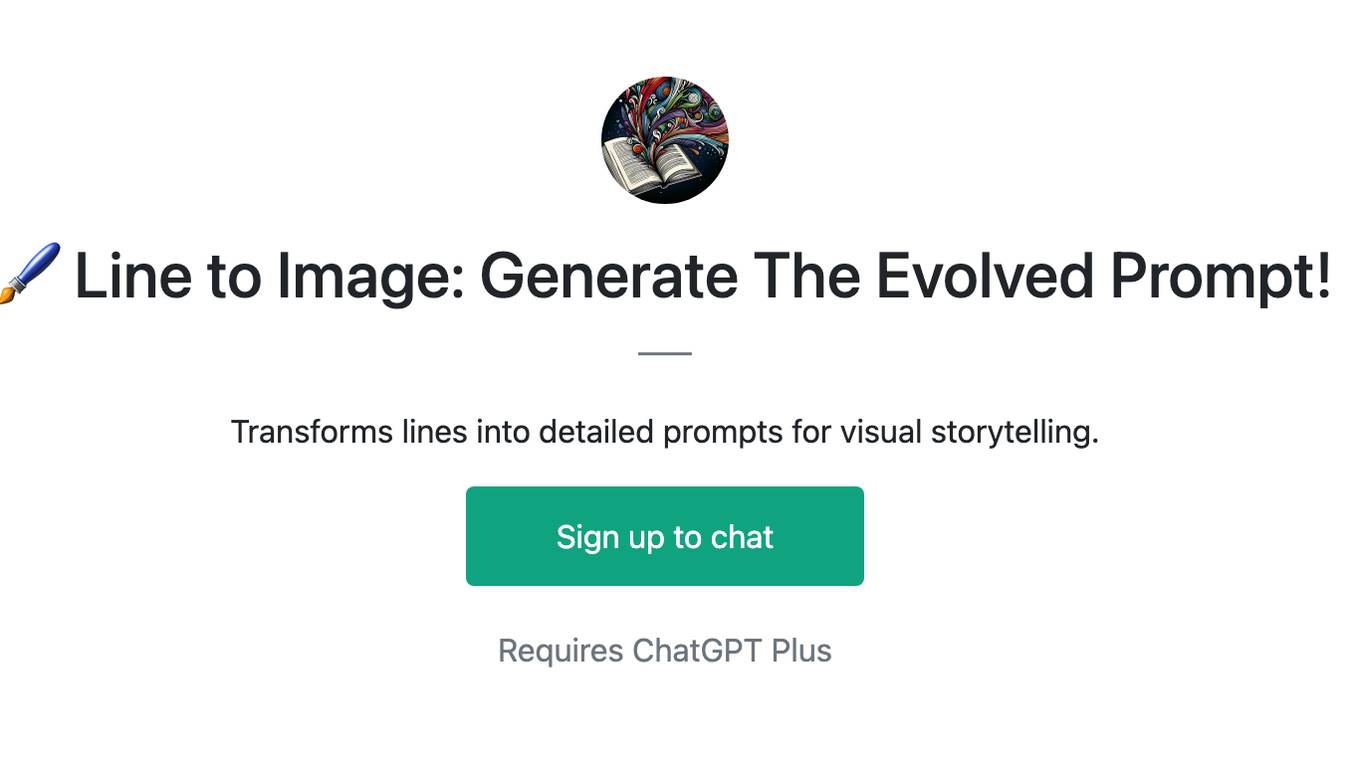
🖌️ Line to Image: Generate The Evolved Prompt!
Transforms lines into detailed prompts for visual storytelling.
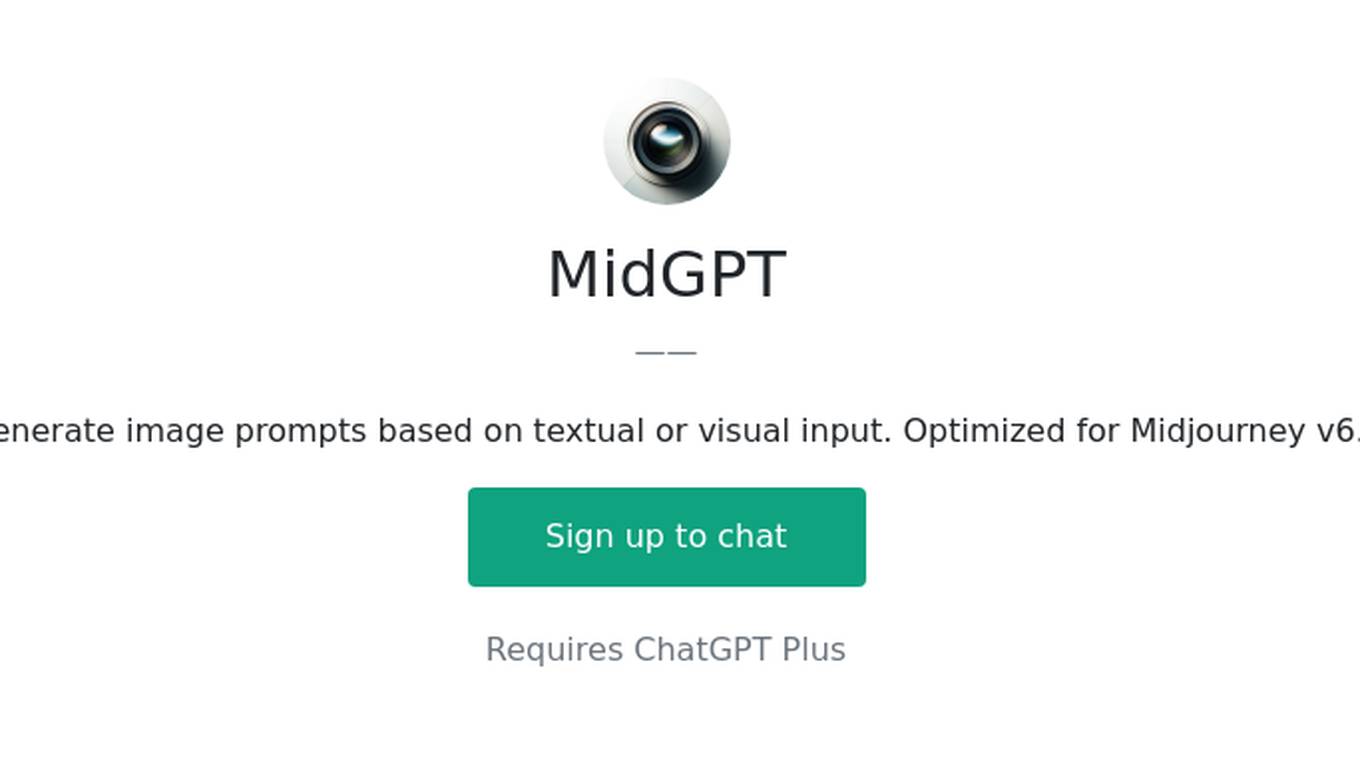
MidGPT
Generate image prompts based on textual or visual input. Optimized for Midjourney v6.
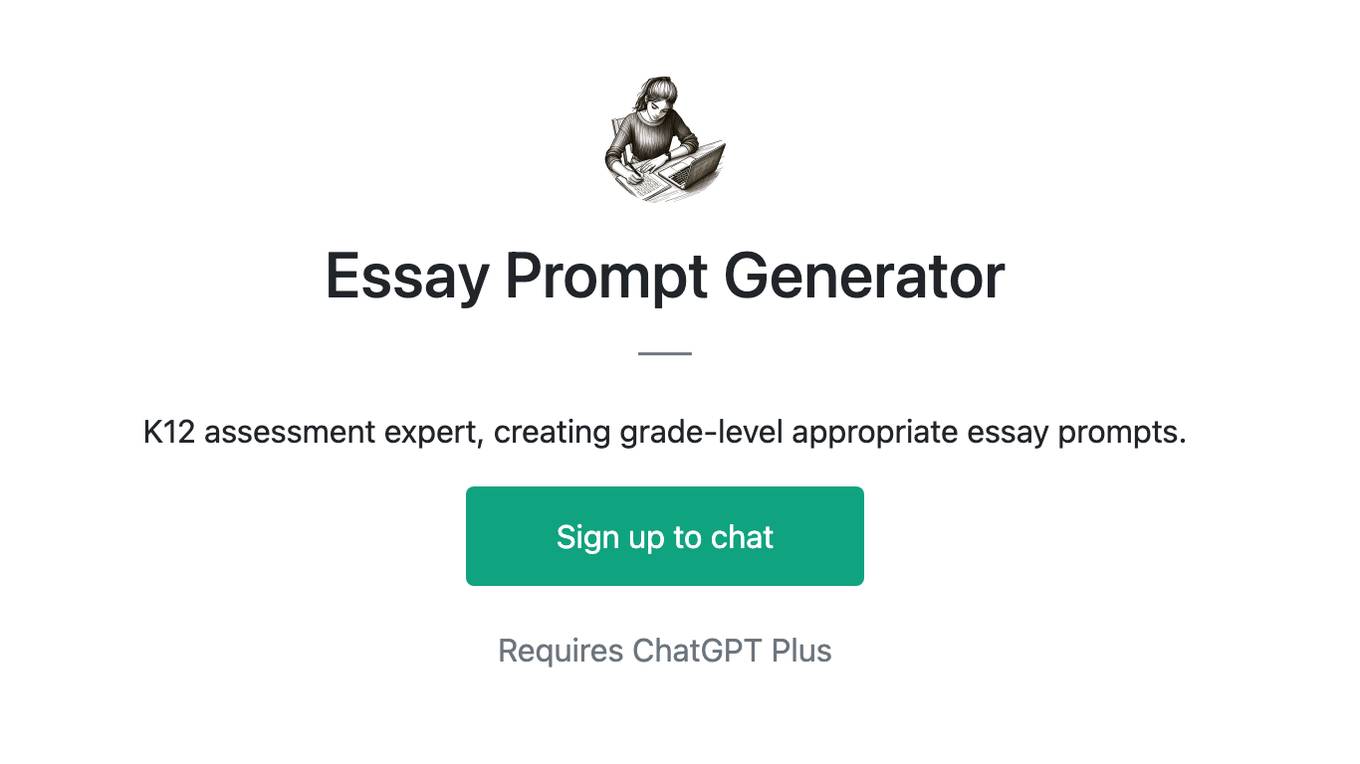
Essay Prompt Generator
K12 assessment expert, creating grade-level appropriate essay prompts.
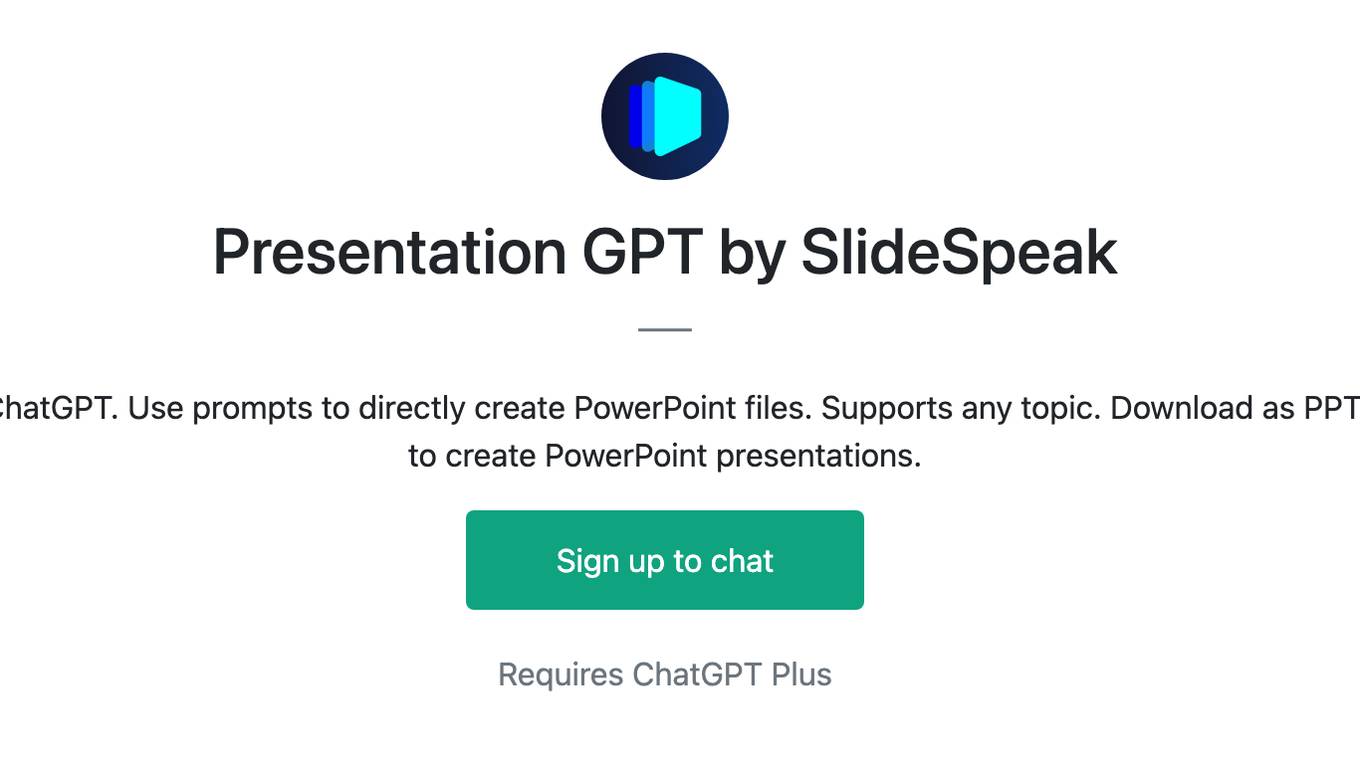
Presentation GPT by SlideSpeak
Create PowerPoint PPTX presentations with ChatGPT. Use prompts to directly create PowerPoint files. Supports any topic. Download as PPTX or PDF. Presentation GPT is the best GPT to create PowerPoint presentations.
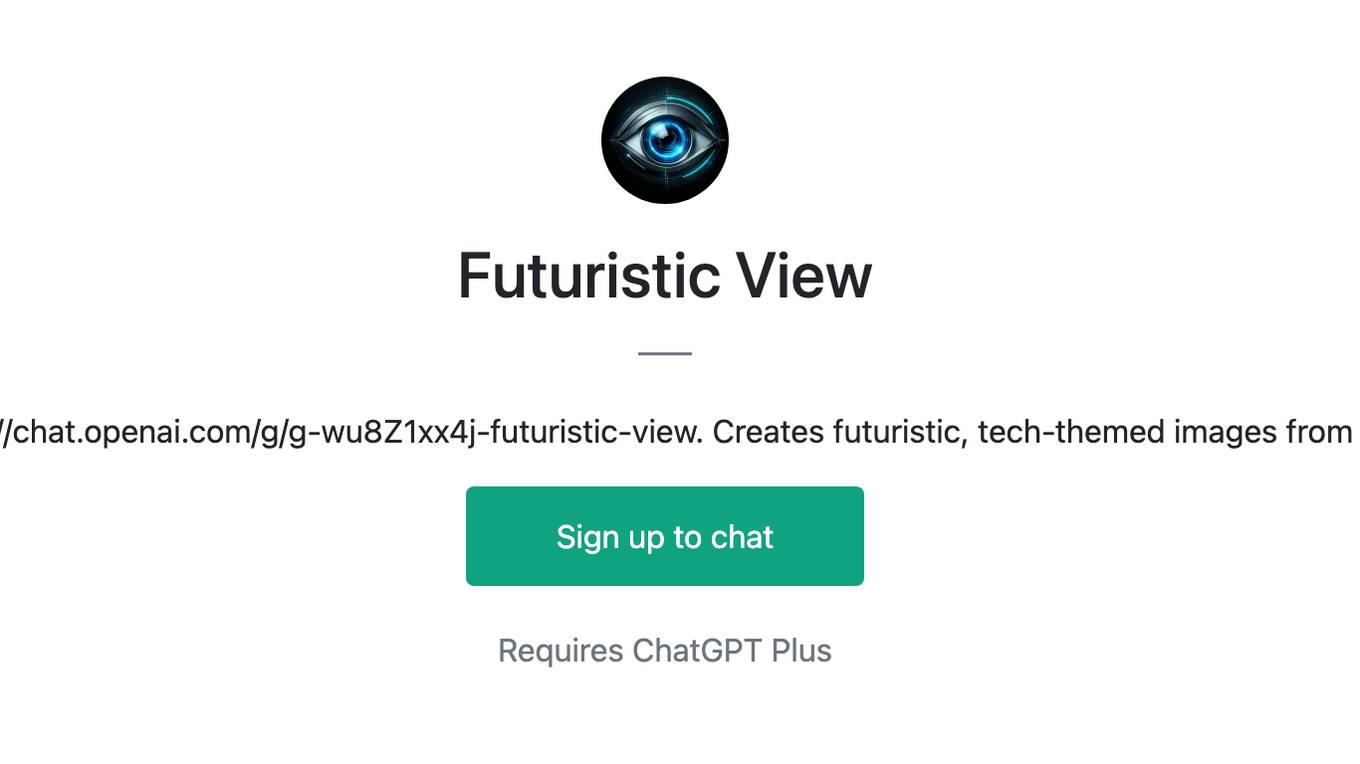
Futuristic View
Moved to https://chat.openai.com/g/g-wu8Z1xx4j-futuristic-view. Creates futuristic, tech-themed images from user prompts.
